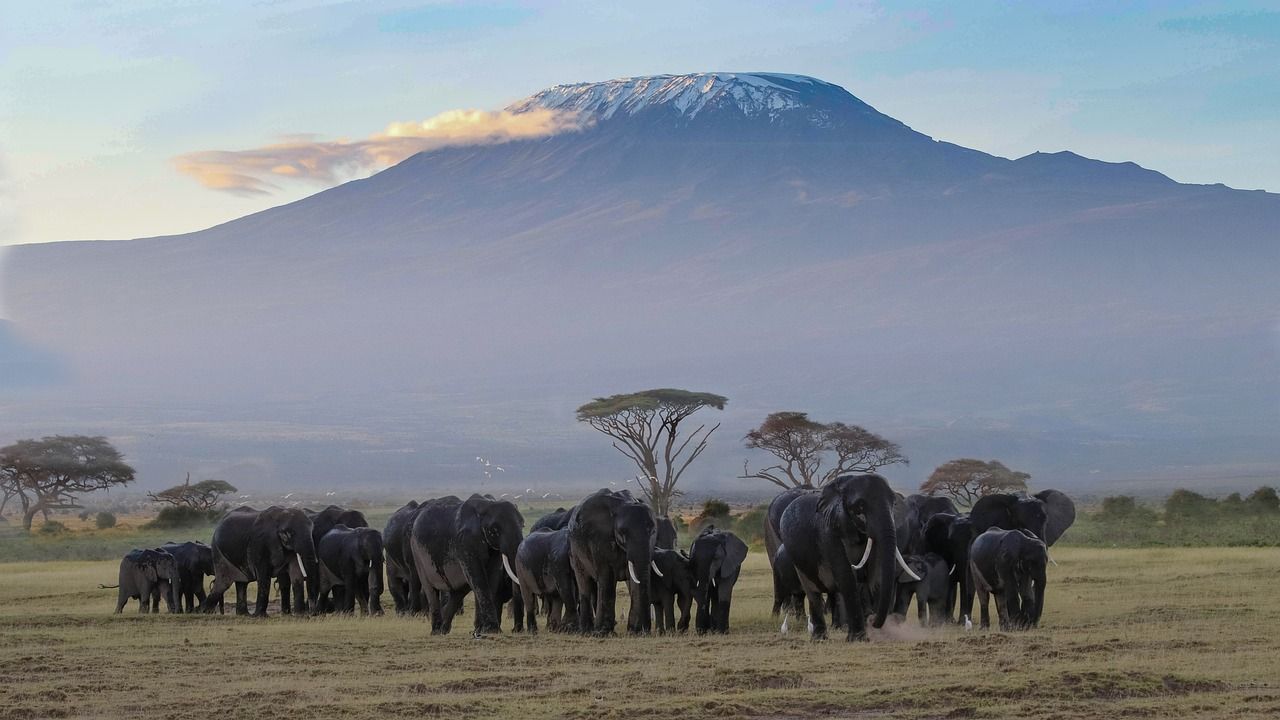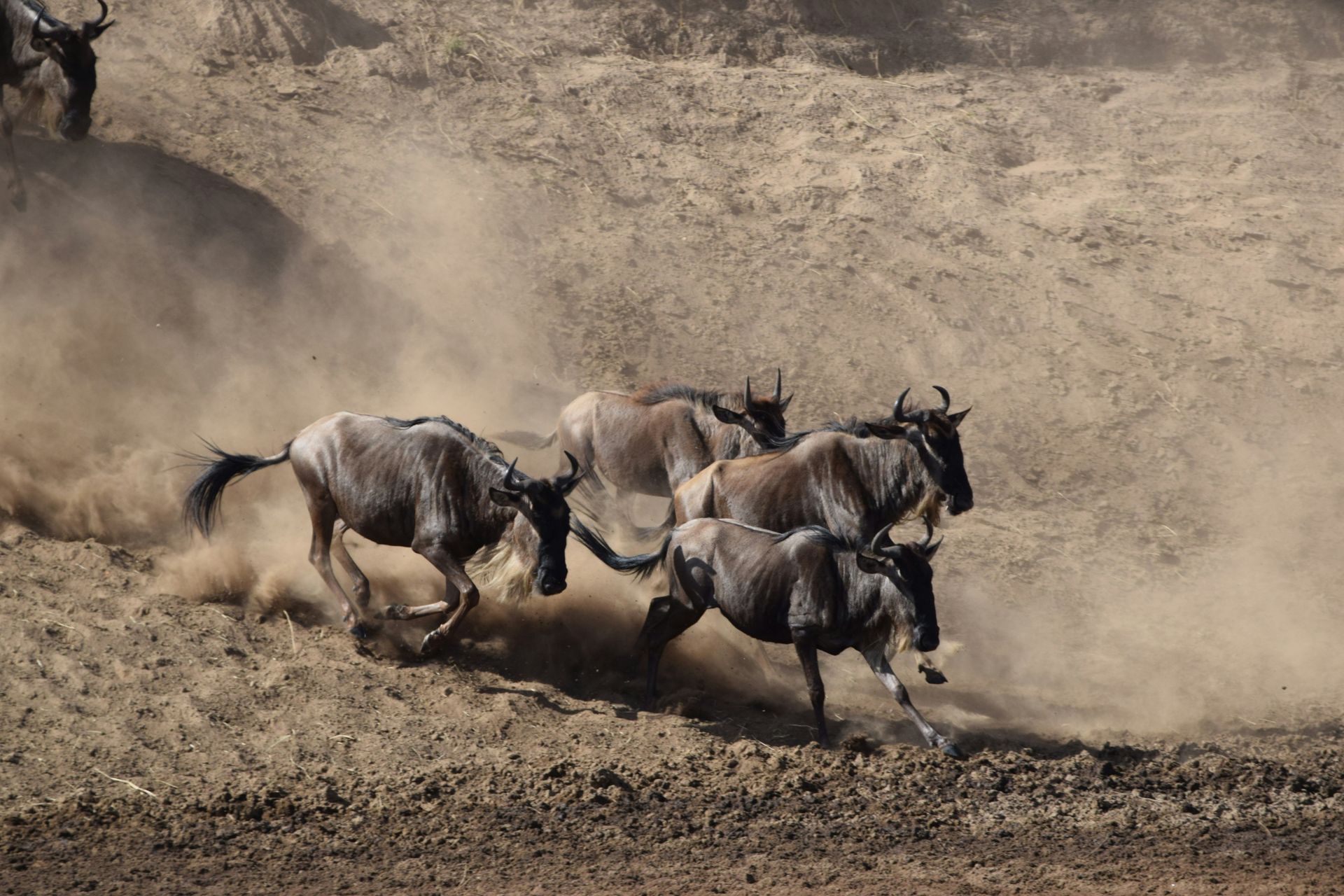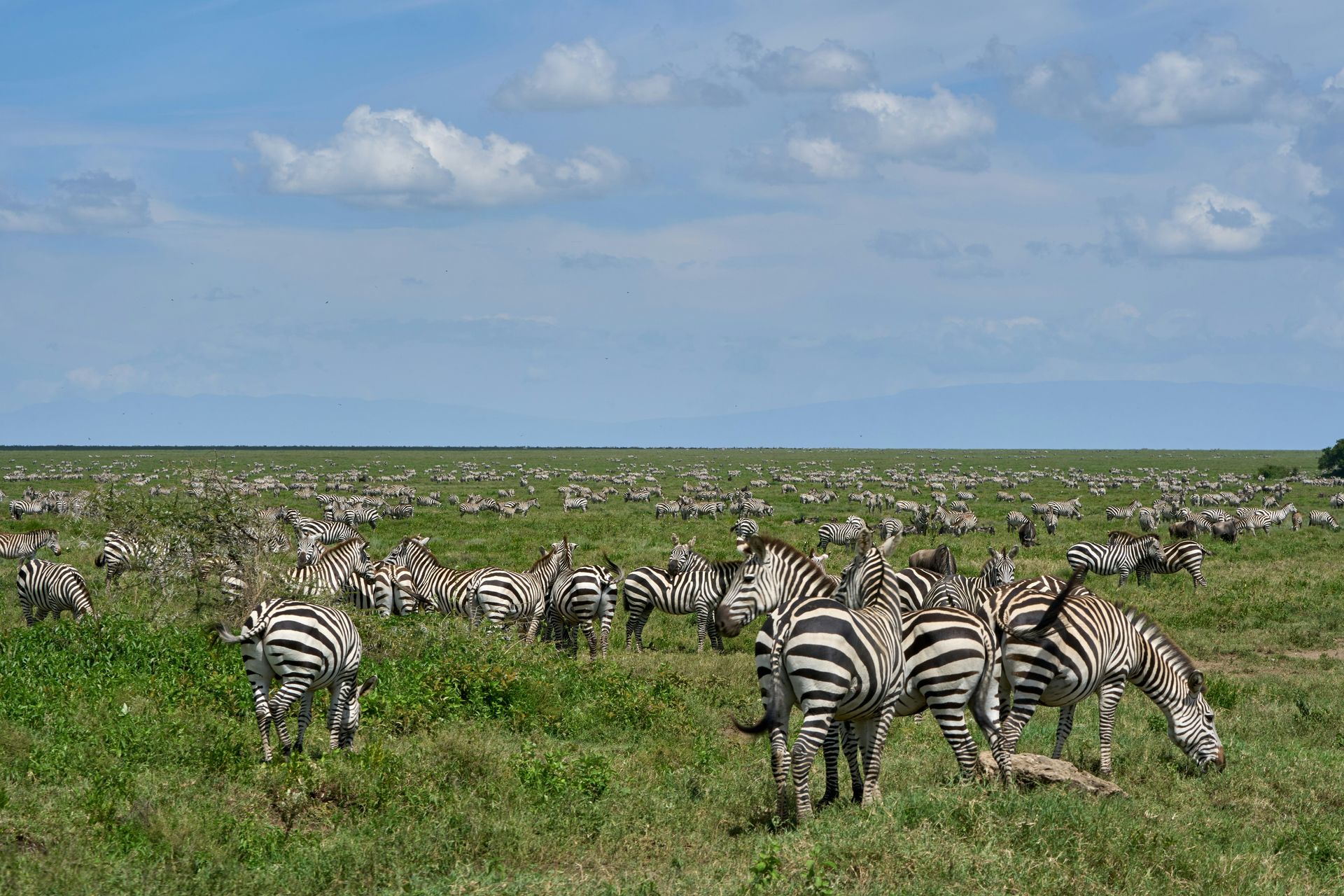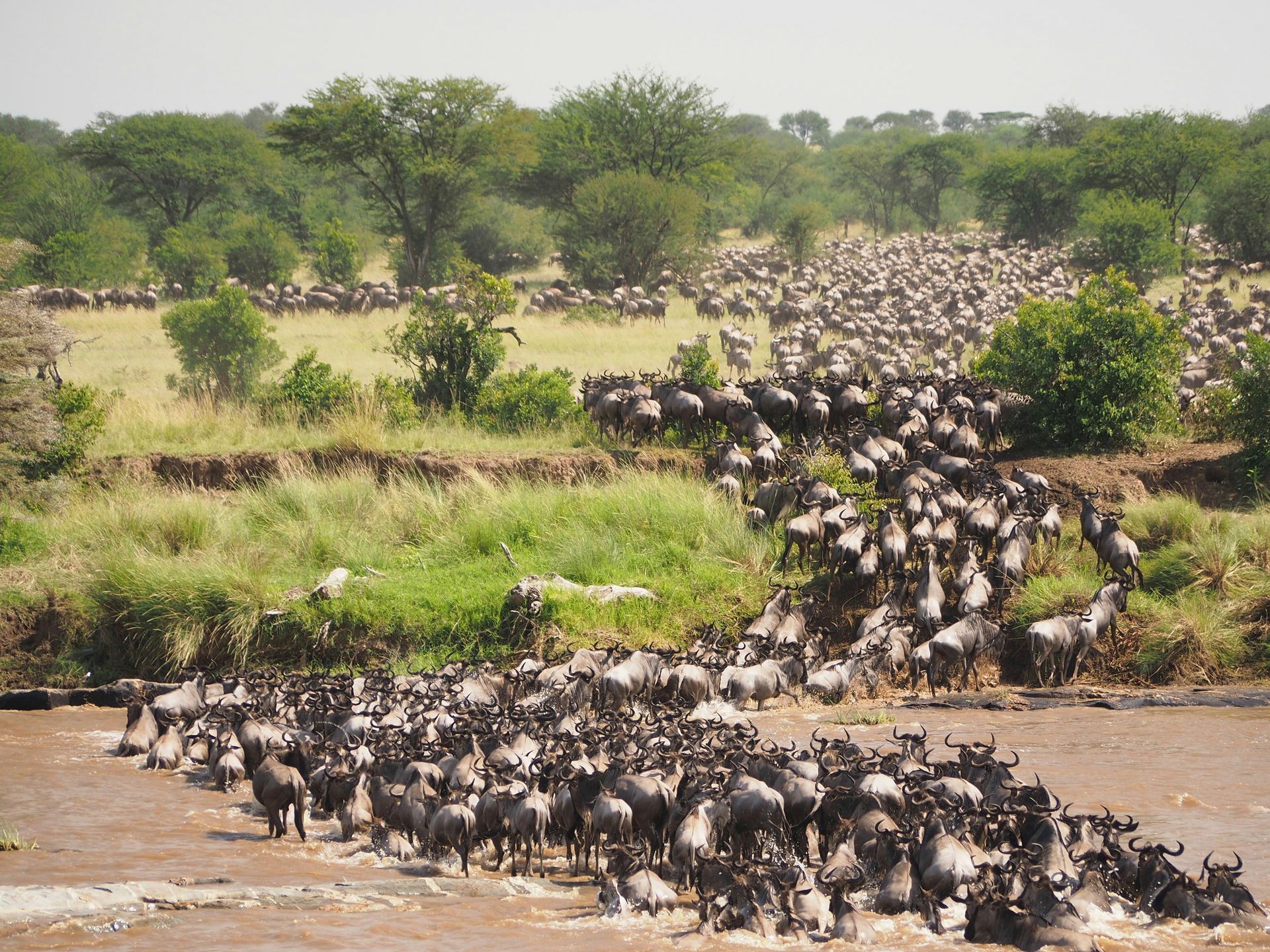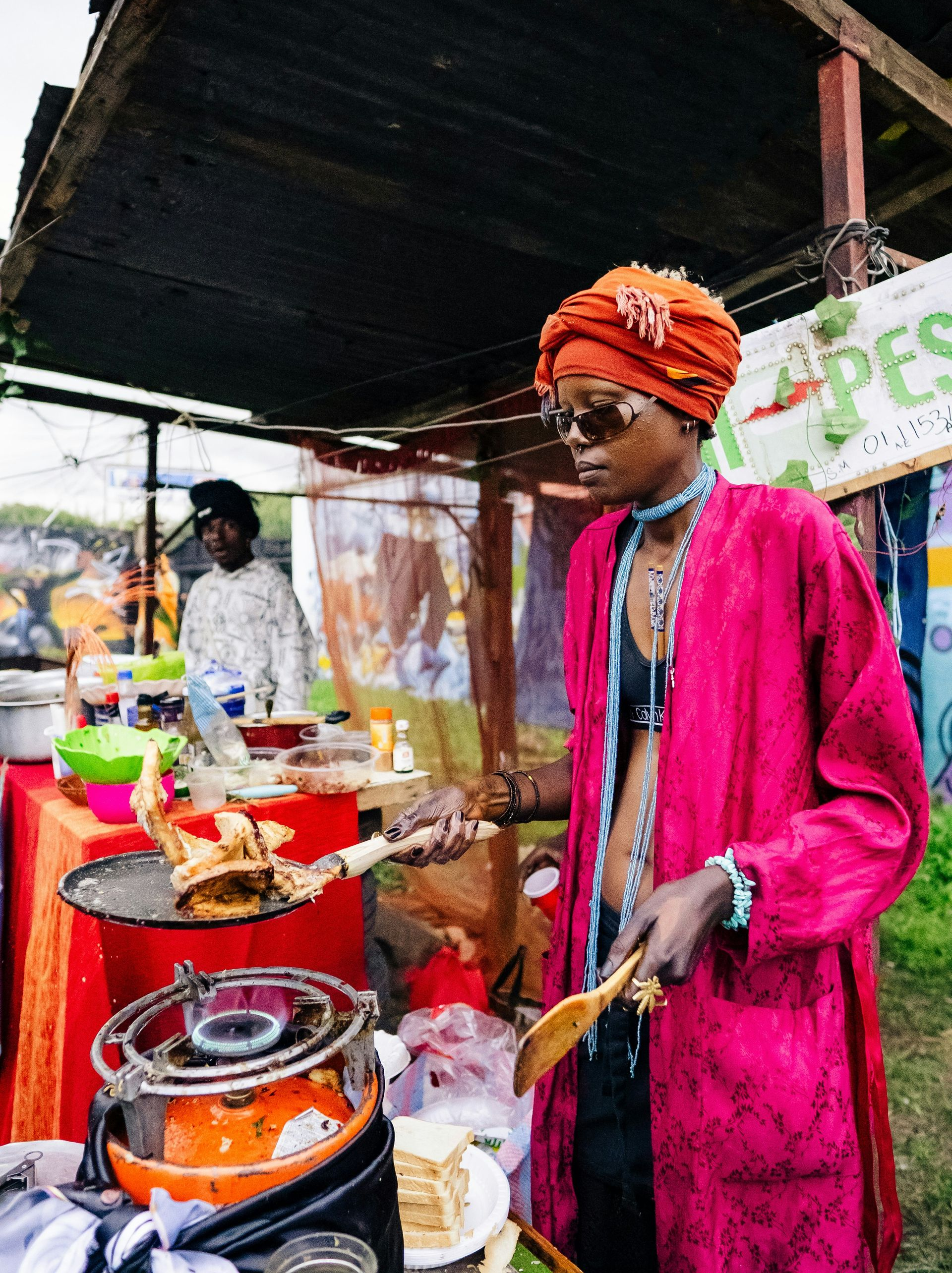Kenya
Kenya invites travelers with its breathtaking landscapes, vibrant cultures, and extraordinary wildlife. From sweeping savannas and iconic safaris to bustling cities and coastal beauty, the country offers experiences that capture both adventure and tradition. Whether exploring Maasai heritage, witnessing the Great Migration, or relaxing along the Indian Ocean, Kenya blends natural wonders with rich cultural depth, making it a destination unlike any other.
Kenya
Kenya invites travelers with its breathtaking landscapes, vibrant cultures, and extraordinary wildlife. From sweeping savannas and iconic safaris to bustling cities and coastal beauty, the country offers experiences that capture both adventure and tradition. Whether exploring Maasai heritage, witnessing the Great Migration, or relaxing along the Indian Ocean, Kenya blends natural wonders with rich cultural depth, making it a destination unlike any other.
Why Kenya?
Kenya is a destination that combines untamed beauty with cultural richness. It’s home to world-renowned safari experiences, where travelers can witness lions, elephants, giraffes, and the awe-inspiring Great Migration across the Maasai Mara. Beyond wildlife, Kenya offers vibrant traditions, from the colorful attire of the Maasai to the rhythms of local music and dance. With stunning coastlines, dramatic highlands, and warm hospitality, Kenya promises adventure, discovery, and unforgettable memories.
Why Kenya?
Kenya is a destination that combines untamed beauty with cultural richness. It’s home to world-renowned safari experiences, where travelers can witness lions, elephants, giraffes, and the awe-inspiring Great Migration across the Maasai Mara. Beyond wildlife, Kenya offers vibrant traditions, from the colorful attire of the Maasai to the rhythms of local music and dance. With stunning coastlines, dramatic highlands, and warm hospitality, Kenya promises adventure, discovery, and unforgettable memories.
Land of Endless Discovery.
Kenya is called the Land of Endless Discovery, where every journey reveals something new and unforgettable. From vast savannas teeming with wildlife to snow-capped peaks and sunlit coastlines, the country offers a landscape of constant wonder. Each region tells its own story, shaped by diverse cultures, traditions, and natural beauty, inviting travelers to explore and uncover Kenya’s boundless treasures.
Land of Endless Discovery.
Kenya is called the Land of Endless Discovery, where every journey reveals something new and unforgettable. From vast savannas teeming with wildlife to snow-capped peaks and sunlit coastlines, the country offers a landscape of constant wonder. Each region tells its own story, shaped by diverse cultures, traditions, and natural beauty, inviting travelers to explore and uncover Kenya’s boundless treasures.
Featured Itineraries
Kenya & Tanzania Wildlife Safari
Abercrombie & Kent Tour
The Kenyan Culture
Kenyan culture is a vibrant blend of traditions, languages, and customs shaped by more than 40 ethnic groups. From the proud heritage of the Maasai and Samburu to the Swahili influences along the coast, each community contributes to the country’s rich cultural mosaic. Music, dance, colorful attire, and storytelling remain central, while warm hospitality and a strong sense of community create a welcoming spirit. This mix of ancient traditions and modern life makes Kenya’s culture as dynamic and diverse as its landscapes.
Music & Dance
Music and dance are central to Kenyan culture, uniting communities through rhythm, storytelling, and celebration. Traditional performances include Maasai jumping dances and Kikuyu songs accompanied by drumming, while coastal taarab blends Swahili, Arab, and Indian influences. Modern styles like benga and Afro-fusion keep the music scene lively and evolving. Festivals such as the Lake Turkana Festival, Lamu Cultural Festival, and Koroga Festival showcase this diversity, bringing together traditional artistry and contemporary talent in vibrant cultural celebrations.
Traditions & Heritage
Kenya’s traditions and heritage reflect the wisdom and values of its many communities. The Maasai are known for their striking beadwork, warrior ceremonies, and iconic jumping dances, while the Kikuyu, Samburu, and other groups preserve unique customs tied to the land and family life. Along the coast, Swahili culture blends African, Arab, and Asian influences, seen in architecture, dress, and daily rituals. These traditions, passed down through generations, keep Kenya’s cultural identity alive and deeply connected to both history and place.
Arts & Craftwork
Kenya’s art and craftwork are a vivid reflection of its cultural identity and traditions. Beadwork, especially among the Maasai and Samburu, carries symbolic meaning and showcases vibrant colors and patterns. Skilled woodcarving produces intricate masks, figurines, and the famous Kisii soapstone sculptures, while woven baskets and textiles highlight everyday creativity. Whether found in village markets or contemporary galleries, Kenyan art connects the past with the present and tells the stories of its people through craft and design.
The Kenyan Culture
Kenyan culture is a vibrant blend of traditions, languages, and customs shaped by more than 40 ethnic groups. From the proud heritage of the Maasai and Samburu to the Swahili influences along the coast, each community contributes to the country’s rich cultural mosaic. Music, dance, colorful attire, and storytelling remain central, while warm hospitality and a strong sense of community create a welcoming spirit. This mix of ancient traditions and modern life makes Kenya’s culture as dynamic and diverse as its landscapes.
Music & Dance
Music and dance are central to Kenyan culture, uniting communities through rhythm, storytelling, and celebration. Traditional performances include Maasai jumping dances and Kikuyu songs accompanied by drumming, while coastal taarab blends Swahili, Arab, and Indian influences. Modern styles like benga and Afro-fusion keep the music scene lively and evolving. Festivals such as the Lake Turkana Festival, Lamu Cultural Festival, and Koroga Festival showcase this diversity, bringing together traditional artistry and contemporary talent in vibrant cultural celebrations.
Traditions & Heritage
Kenya’s traditions and heritage reflect the wisdom and values of its many communities. The Maasai are known for their striking beadwork, warrior ceremonies, and iconic jumping dances, while the Kikuyu, Samburu, and other groups preserve unique customs tied to the land and family life. Along the coast, Swahili culture blends African, Arab, and Asian influences, seen in architecture, dress, and daily rituals. These traditions, passed down through generations, keep Kenya’s cultural identity alive and deeply connected to both history and place.
Arts & Craftwork
Kenya’s art and craftwork are a vivid reflection of its cultural identity and traditions. Beadwork, especially among the Maasai and Samburu, carries symbolic meaning and showcases vibrant colors and patterns. Skilled woodcarving produces intricate masks, figurines, and the famous Kisii soapstone sculptures, while woven baskets and textiles highlight everyday creativity. Whether found in village markets or contemporary galleries, Kenyan art connects the past with the present and tells the stories of its people through craft and design.
The Kenyan Culture
Kenyan culture is a vibrant blend of traditions, languages, and customs shaped by more than 40 ethnic groups. From the proud heritage of the Maasai and Samburu to the Swahili influences along the coast, each community contributes to the country’s rich cultural mosaic. Music, dance, colorful attire, and storytelling remain central, while warm hospitality and a strong sense of community create a welcoming spirit. This mix of ancient traditions and modern life makes Kenya’s culture as dynamic and diverse as its landscapes.
Music & Dance
Music and dance are central to Kenyan culture, uniting communities through rhythm, storytelling, and celebration. Traditional performances include Maasai jumping dances and Kikuyu songs accompanied by drumming, while coastal taarab blends Swahili, Arab, and Indian influences. Modern styles like benga and Afro-fusion keep the music scene lively and evolving. Festivals such as the Lake Turkana Festival, Lamu Cultural Festival, and Koroga Festival showcase this diversity, bringing together traditional artistry and contemporary talent in vibrant cultural celebrations.
Traditions & Heritage
Kenya’s traditions and heritage reflect the wisdom and values of its many communities. The Maasai are known for their striking beadwork, warrior ceremonies, and iconic jumping dances, while the Kikuyu, Samburu, and other groups preserve unique customs tied to the land and family life. Along the coast, Swahili culture blends African, Arab, and Asian influences, seen in architecture, dress, and daily rituals. These traditions, passed down through generations, keep Kenya’s cultural identity alive and deeply connected to both history and place.
Arts & Craftwork
Kenya’s art and craftwork are a vivid reflection of its cultural identity and traditions. Beadwork, especially among the Maasai and Samburu, carries symbolic meaning and showcases vibrant colors and patterns. Skilled woodcarving produces intricate masks, figurines, and the famous Kisii soapstone sculptures, while woven baskets and textiles highlight everyday creativity. Whether found in village markets or contemporary galleries, Kenyan art connects the past with the present and tells the stories of its people through craft and design.
Featured Destinations
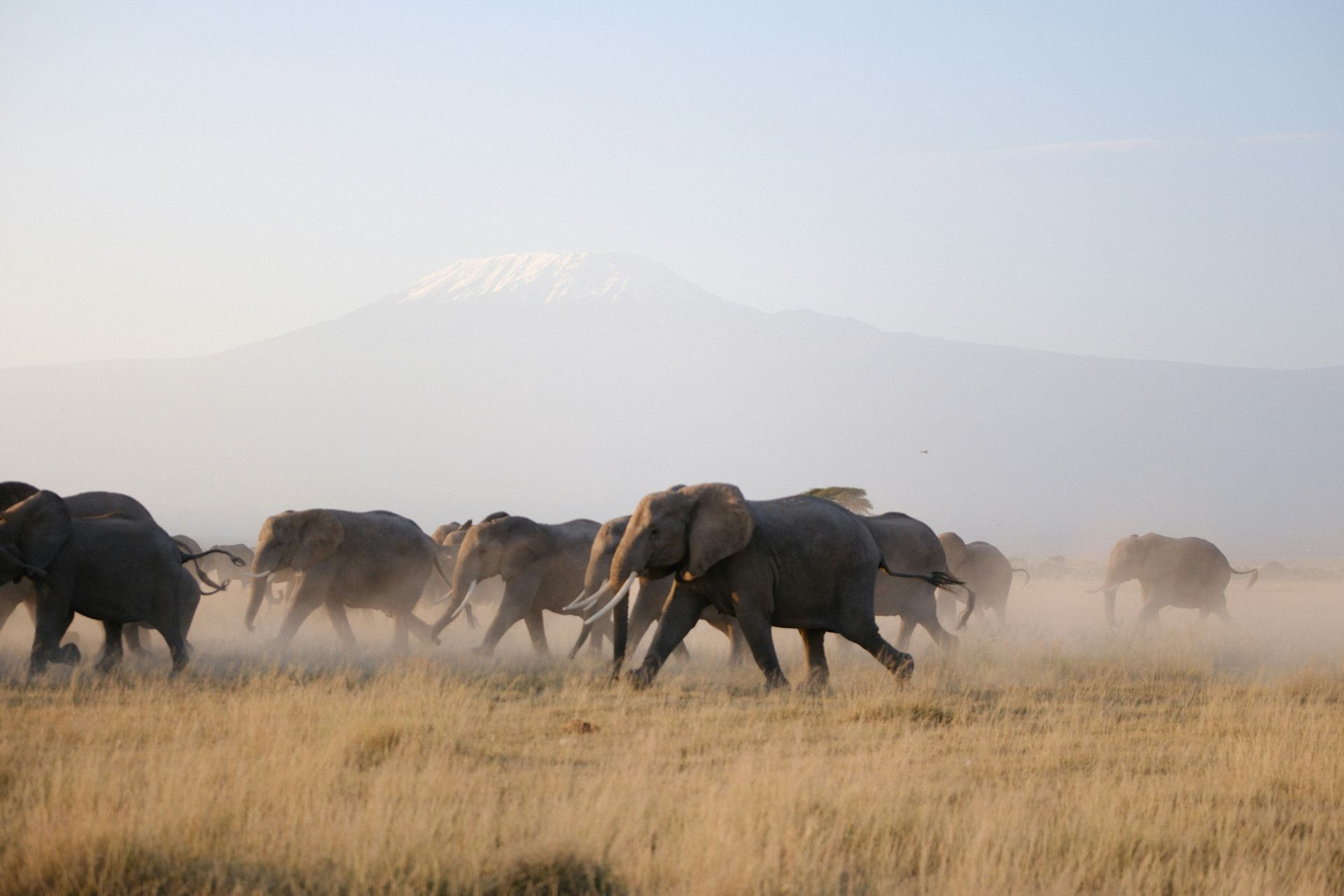
Slide title
Amboseli
Button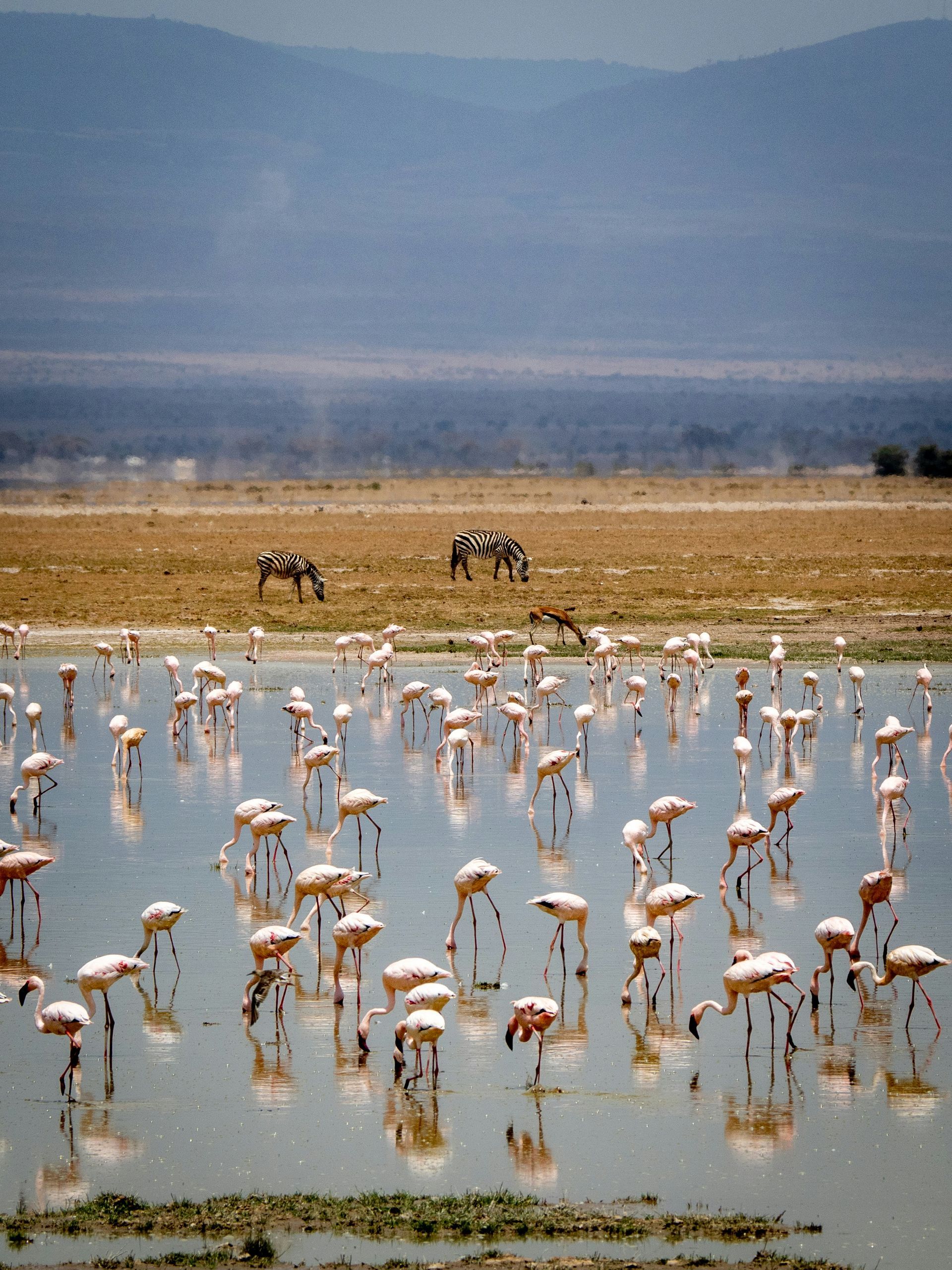
Slide title
Amboseli
Button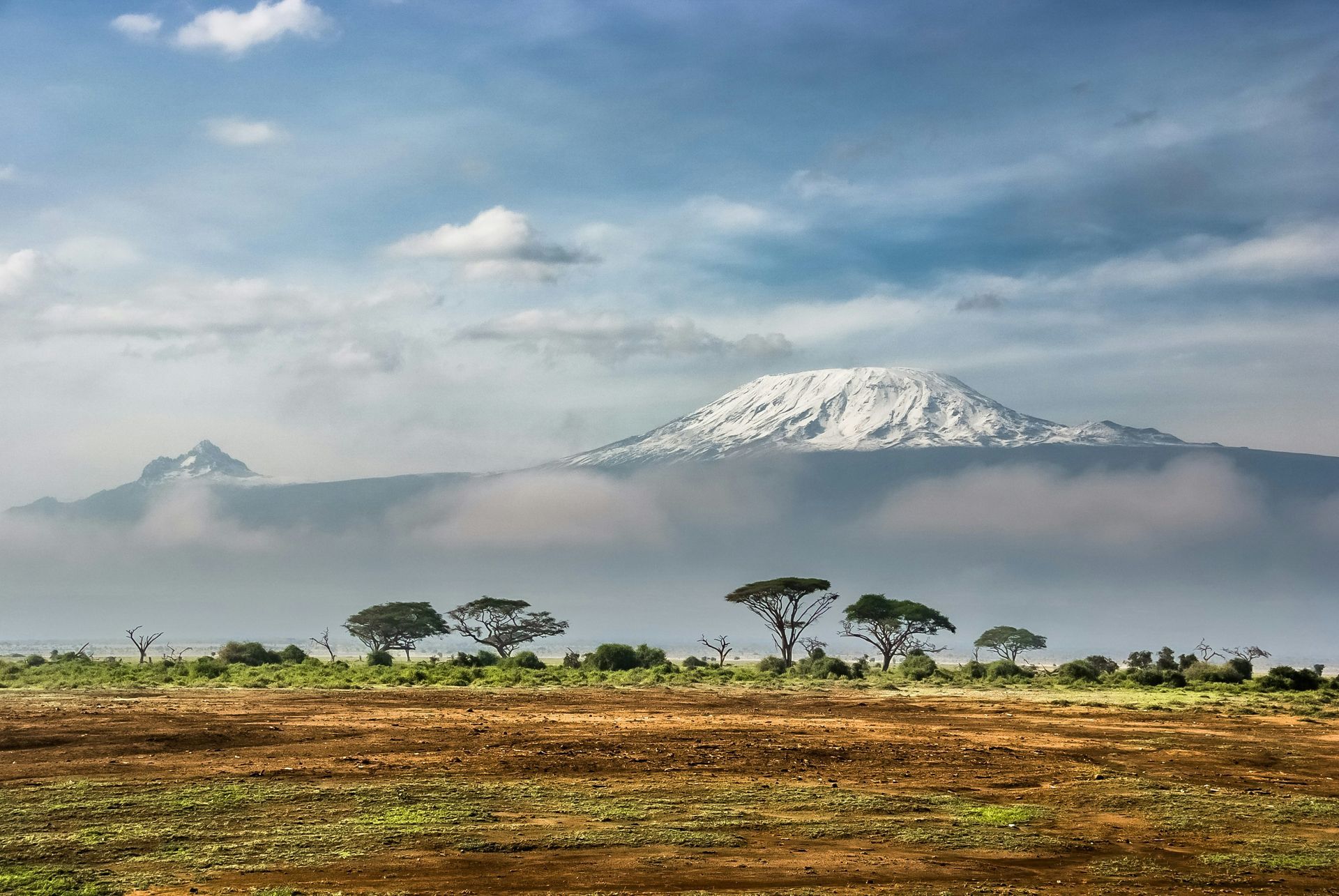
Slide title
Amboseli
Button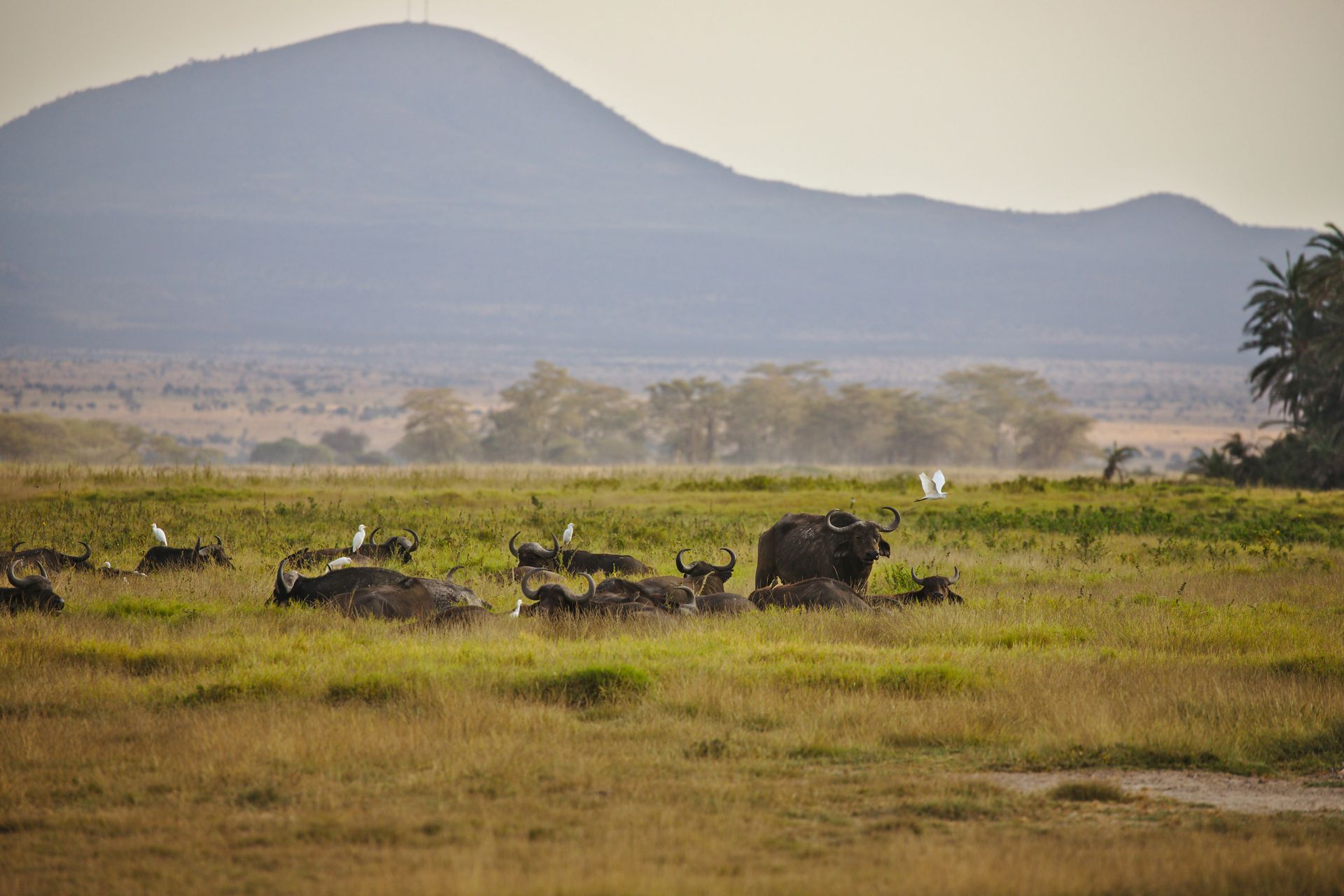
Slide title
Amboseli
Button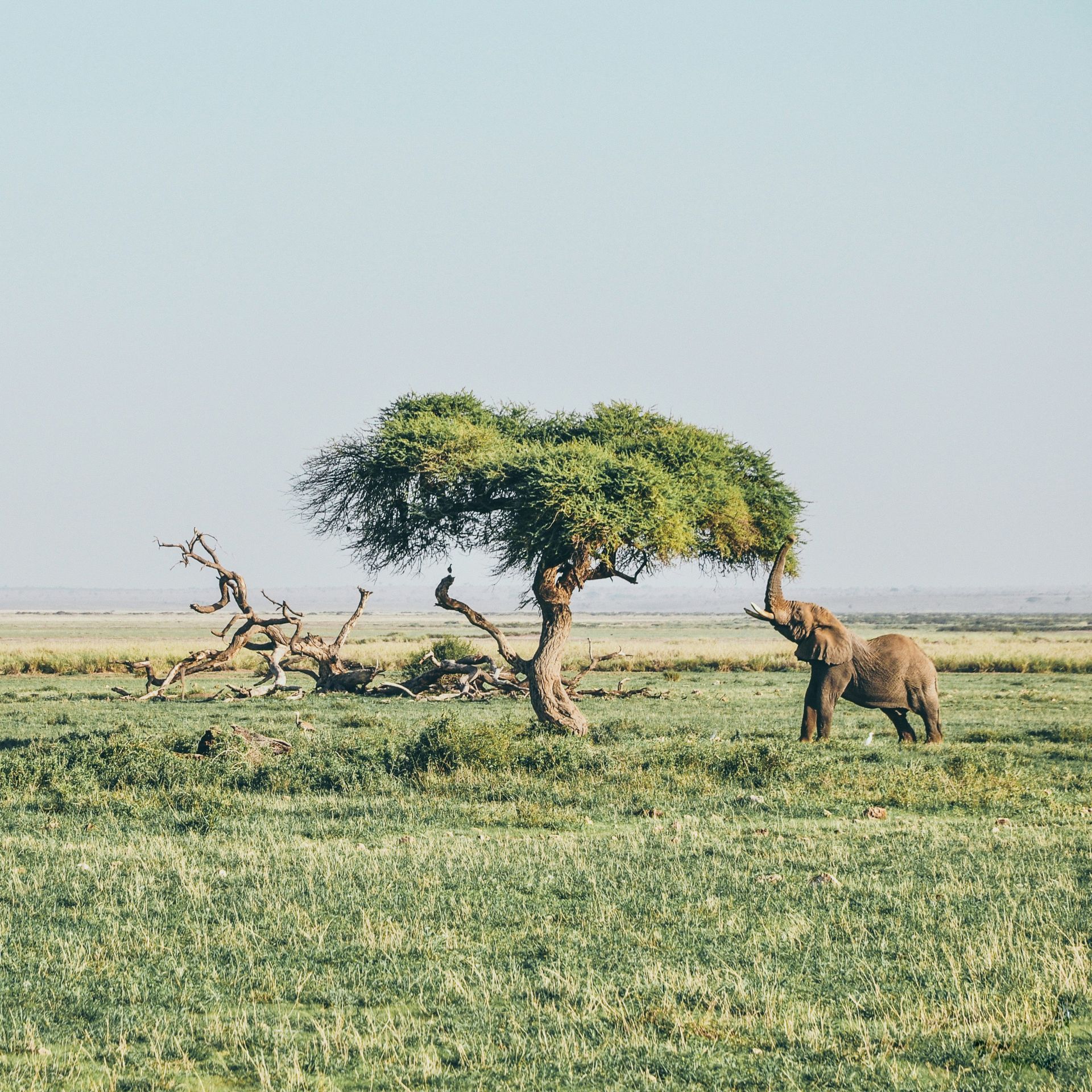
Slide title
Amboseli
Button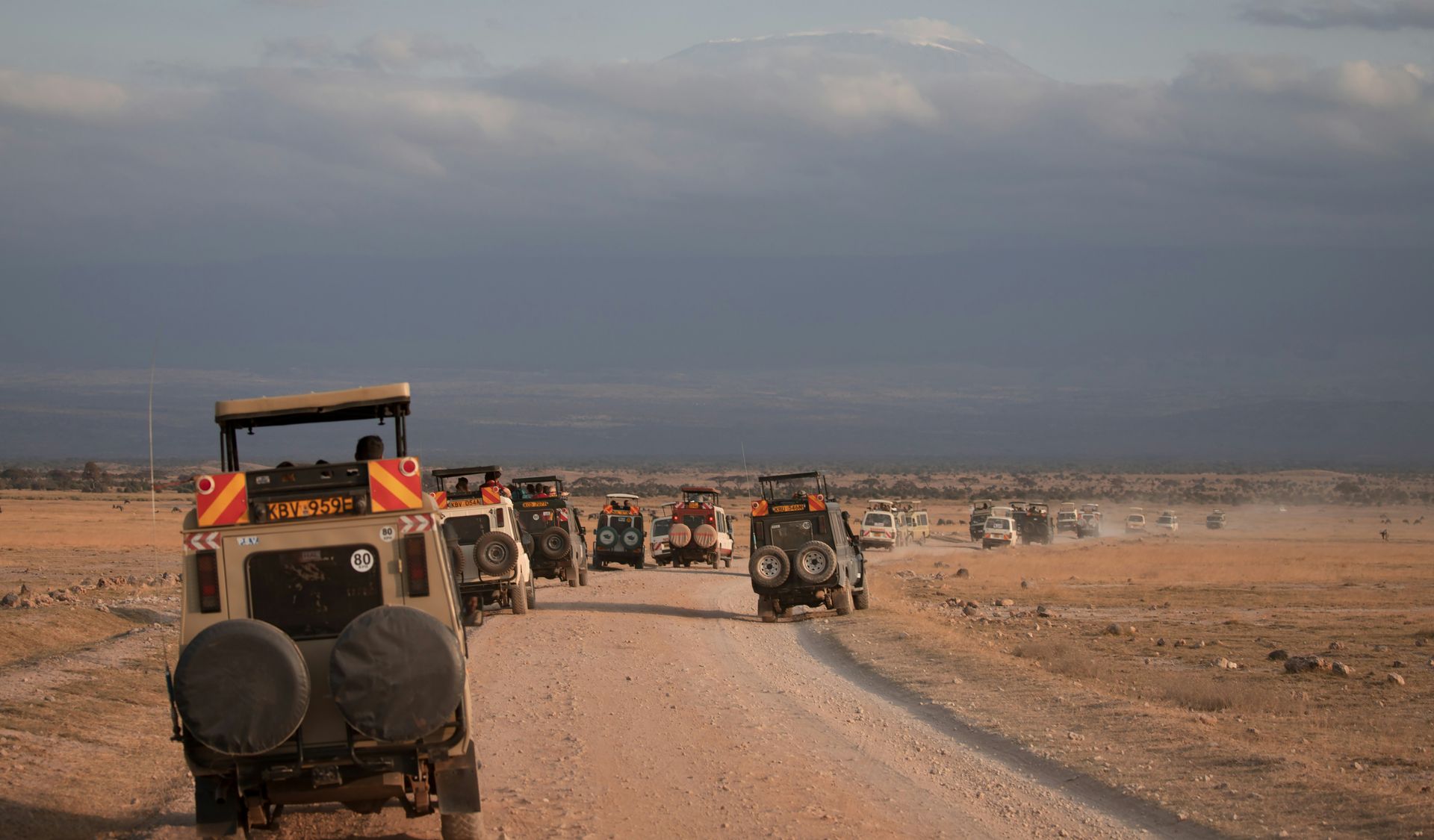
Slide title
Amboseli
Button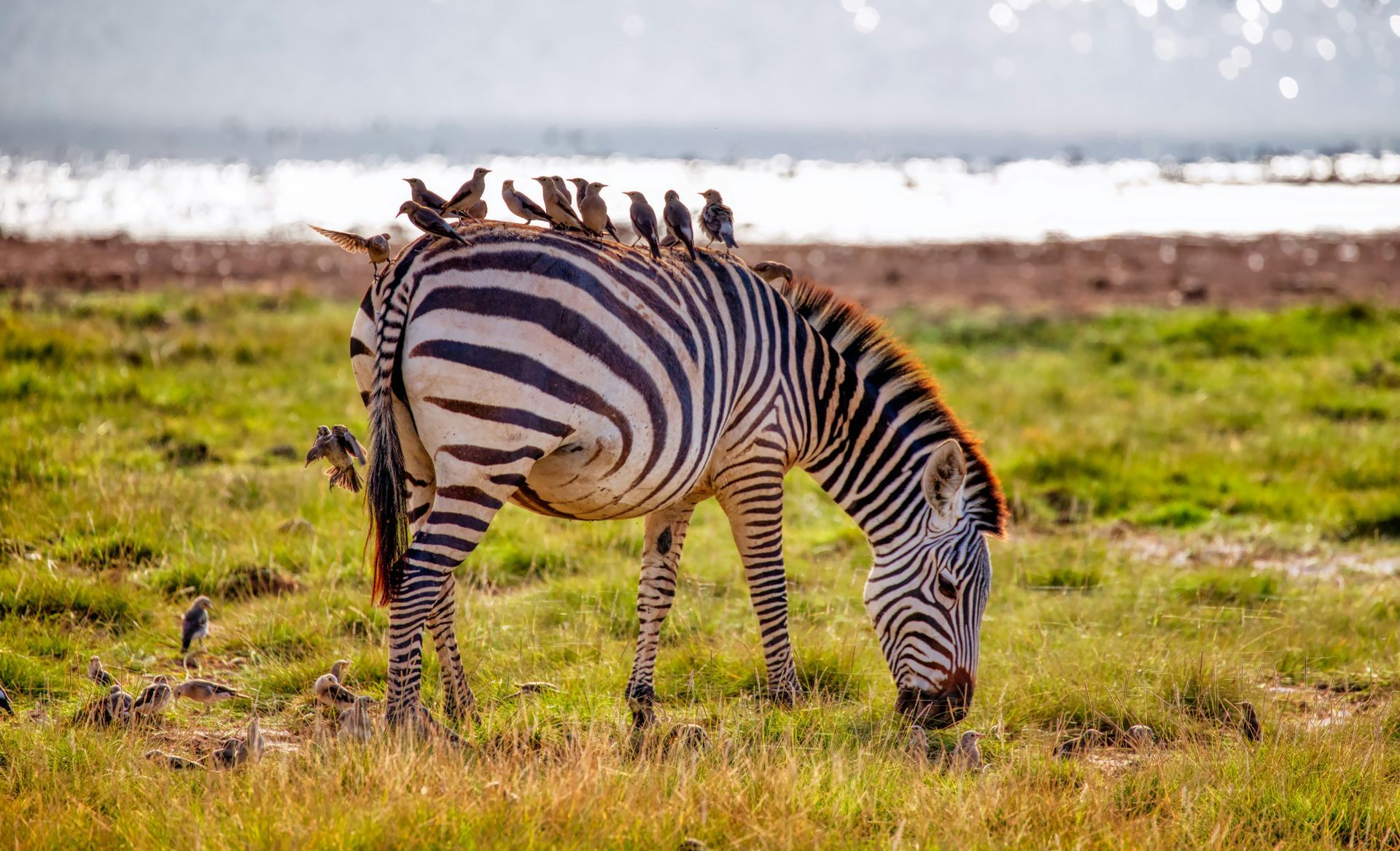
Slide title
Amboseli
Button
Slide title
Amboseli
Button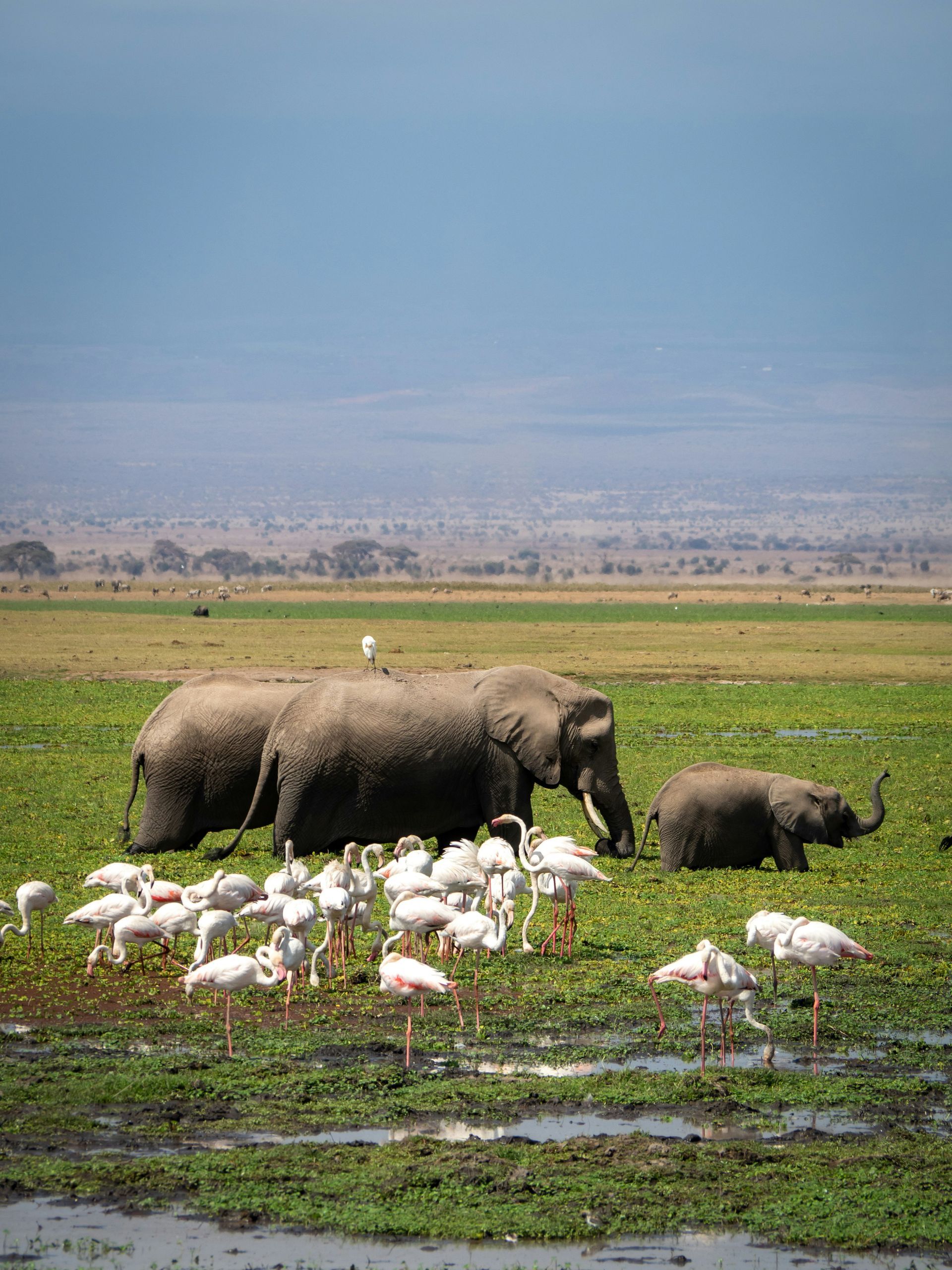
Slide title
Amboseli
Button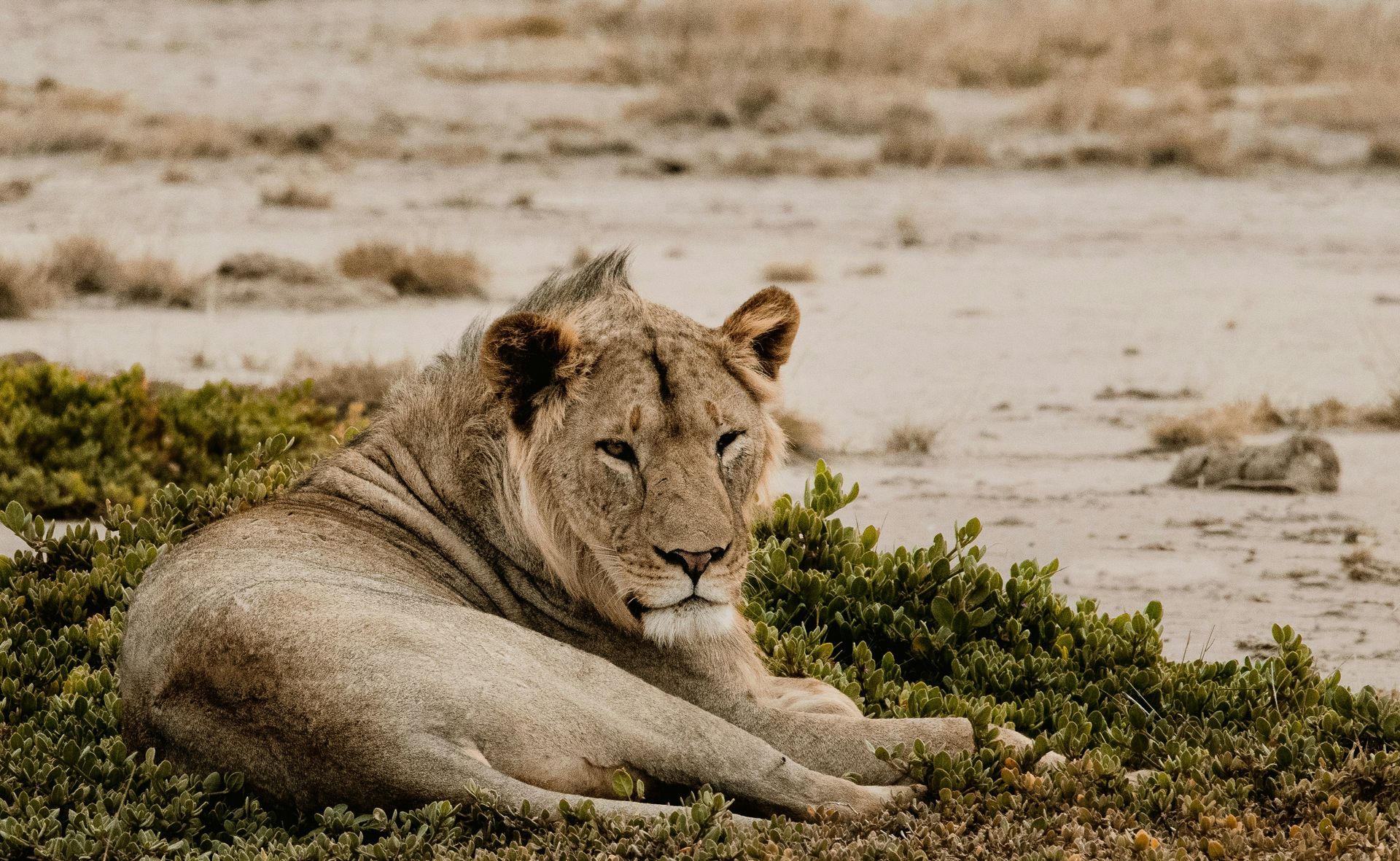
Slide title
Amboseli
Button
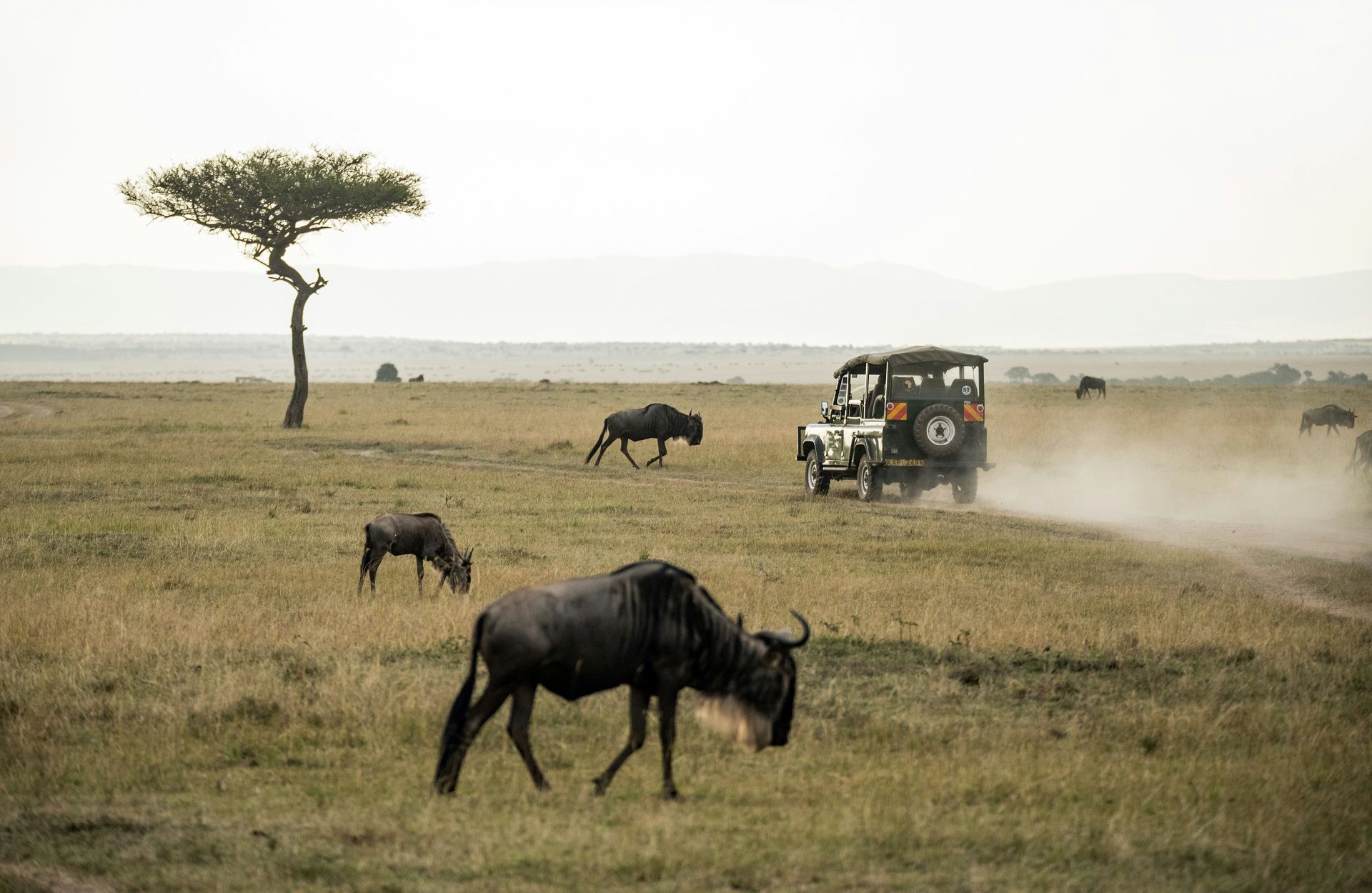
Slide title
Maasai Mara
Button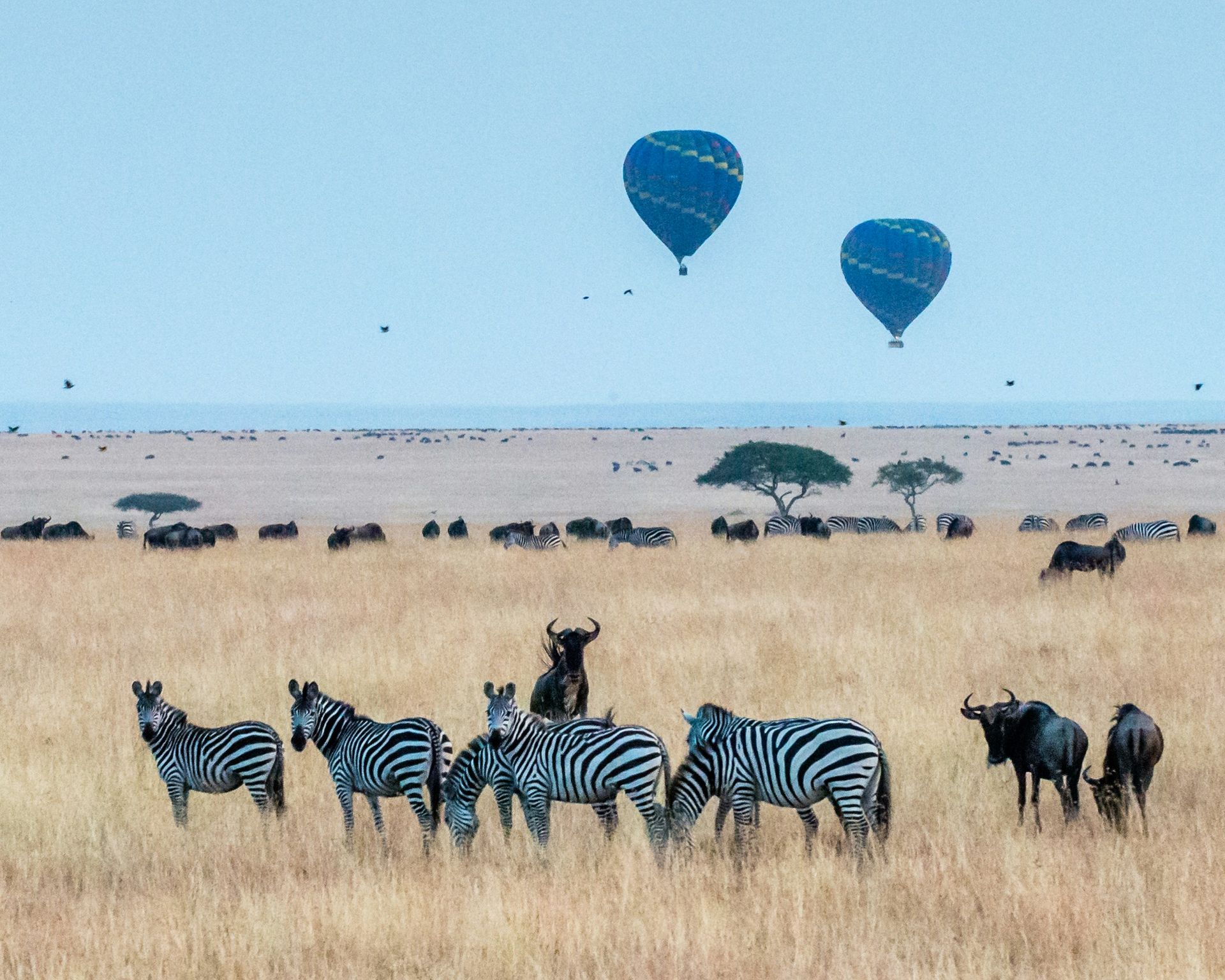
Slide title
Maasai Mara
Button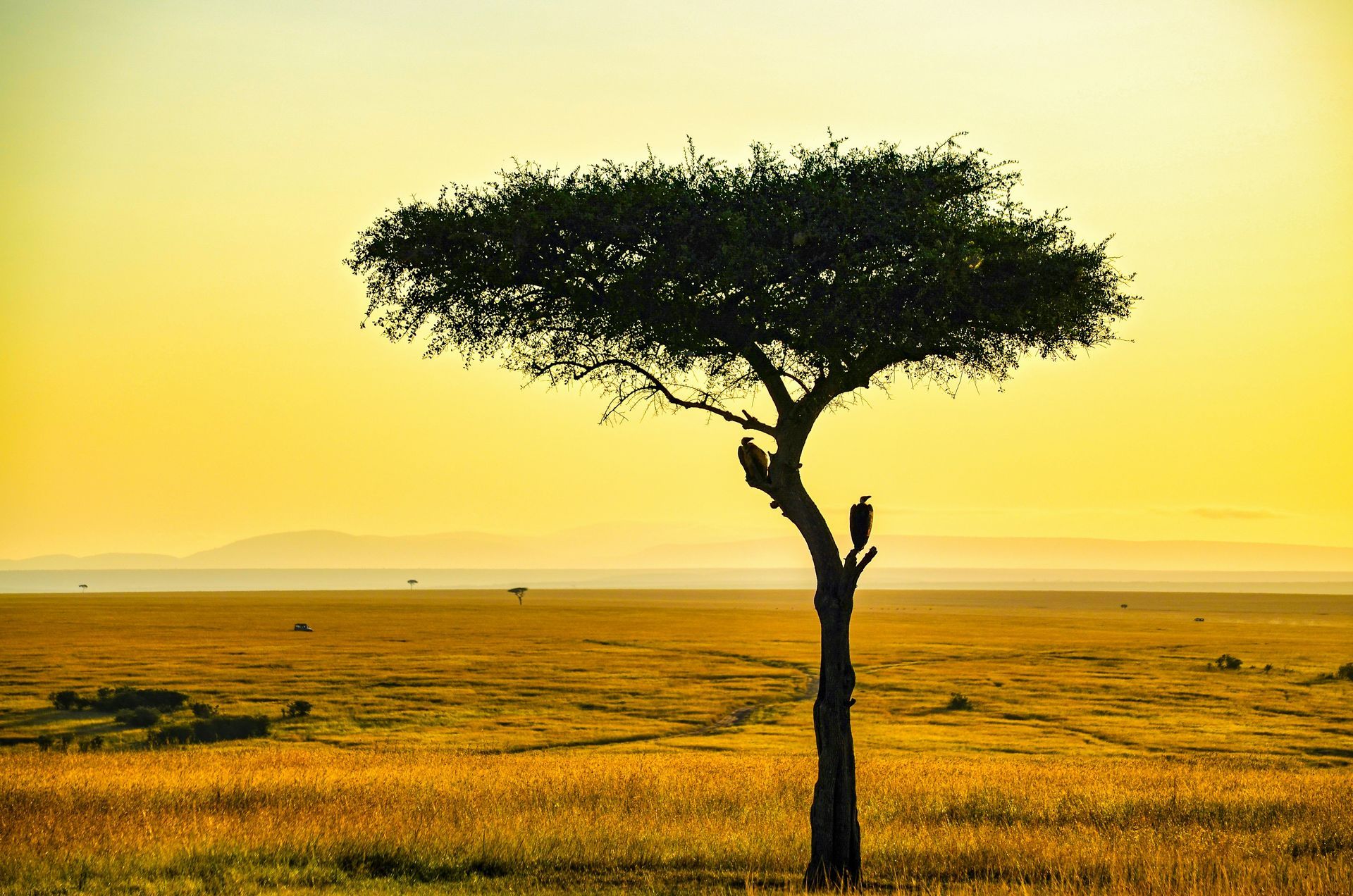
Slide title
Maasai Mara
Button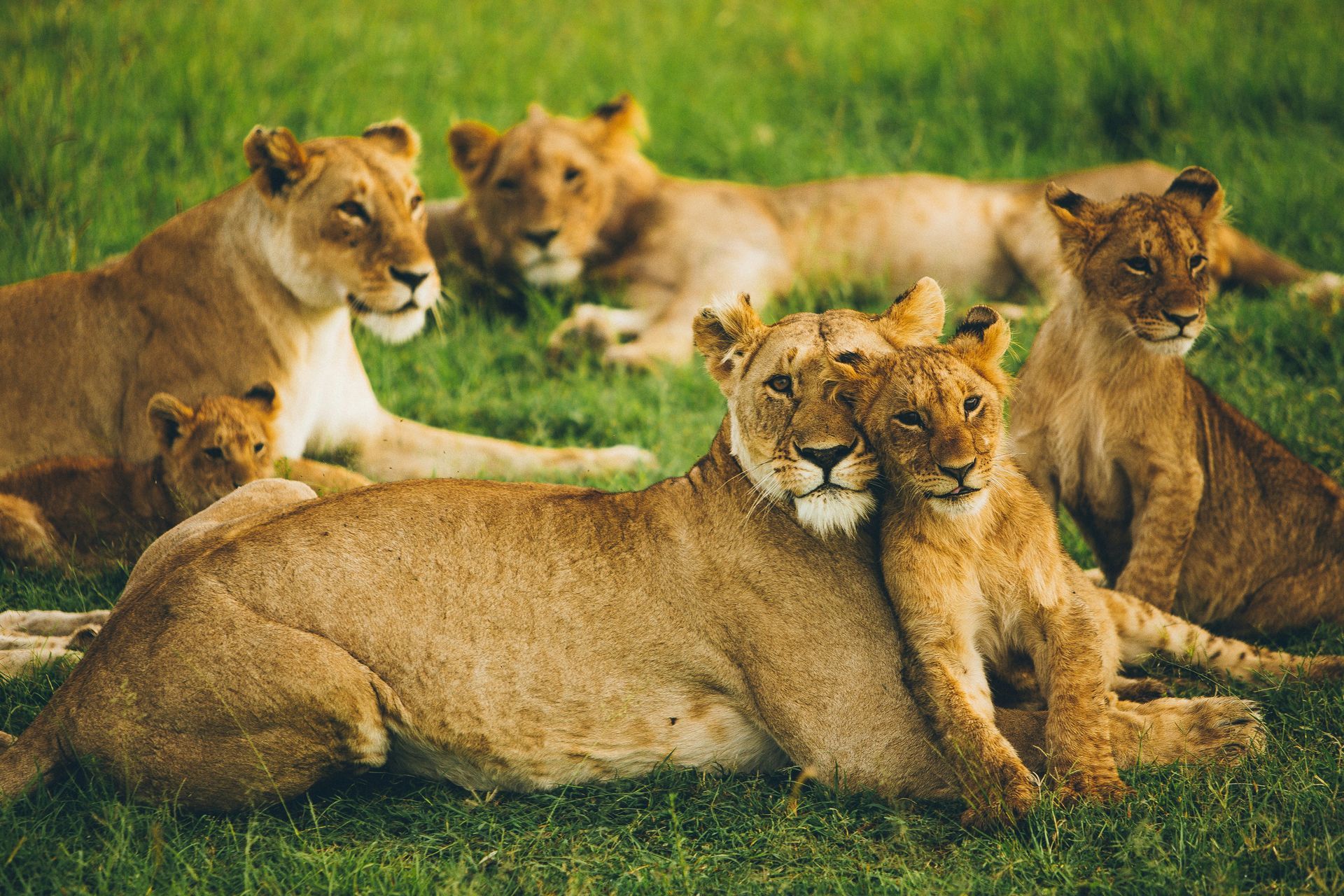
Slide title
Maasai Mara
Button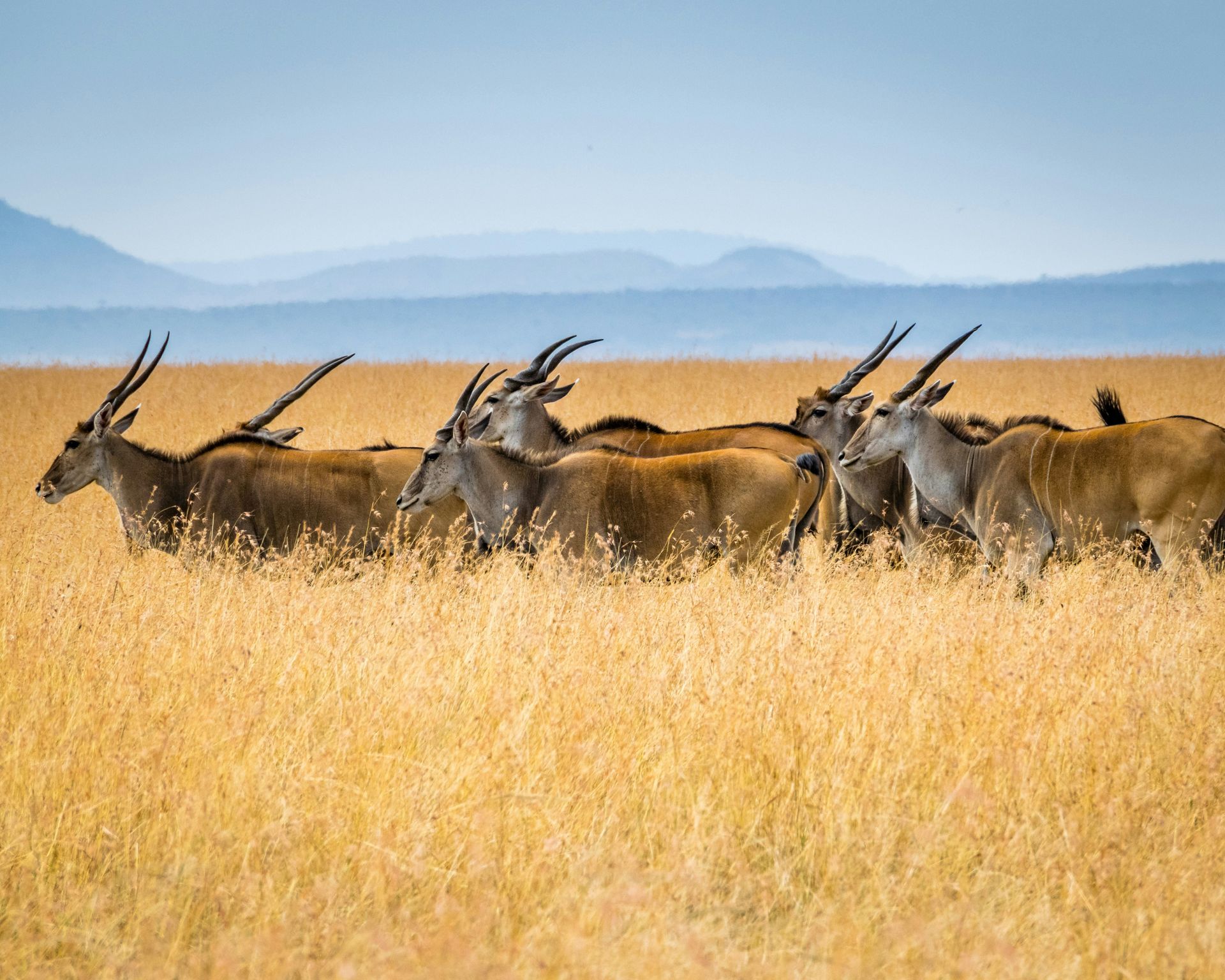
Slide title
Maasai Mara
Button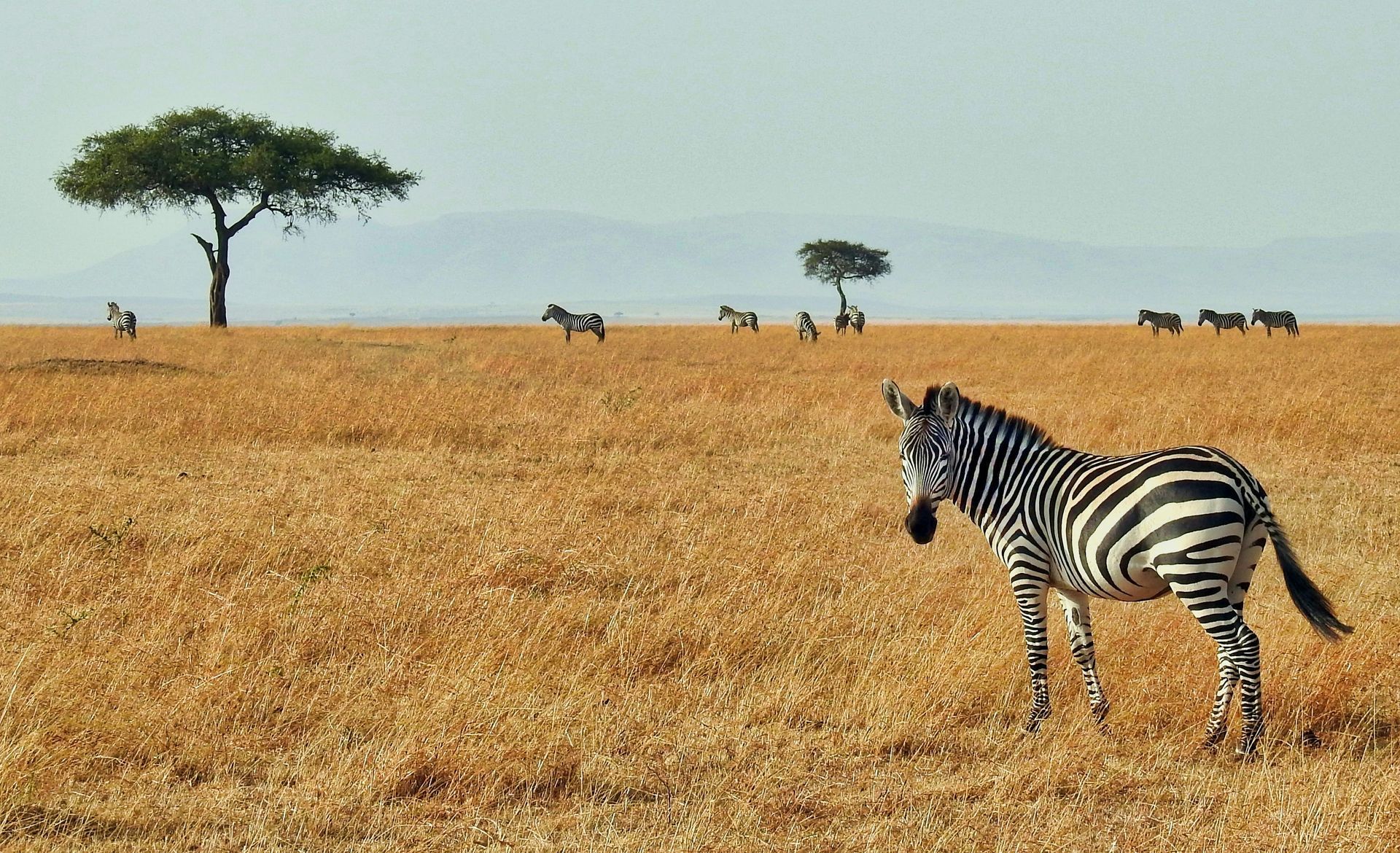
Slide title
Maasai Mara
Button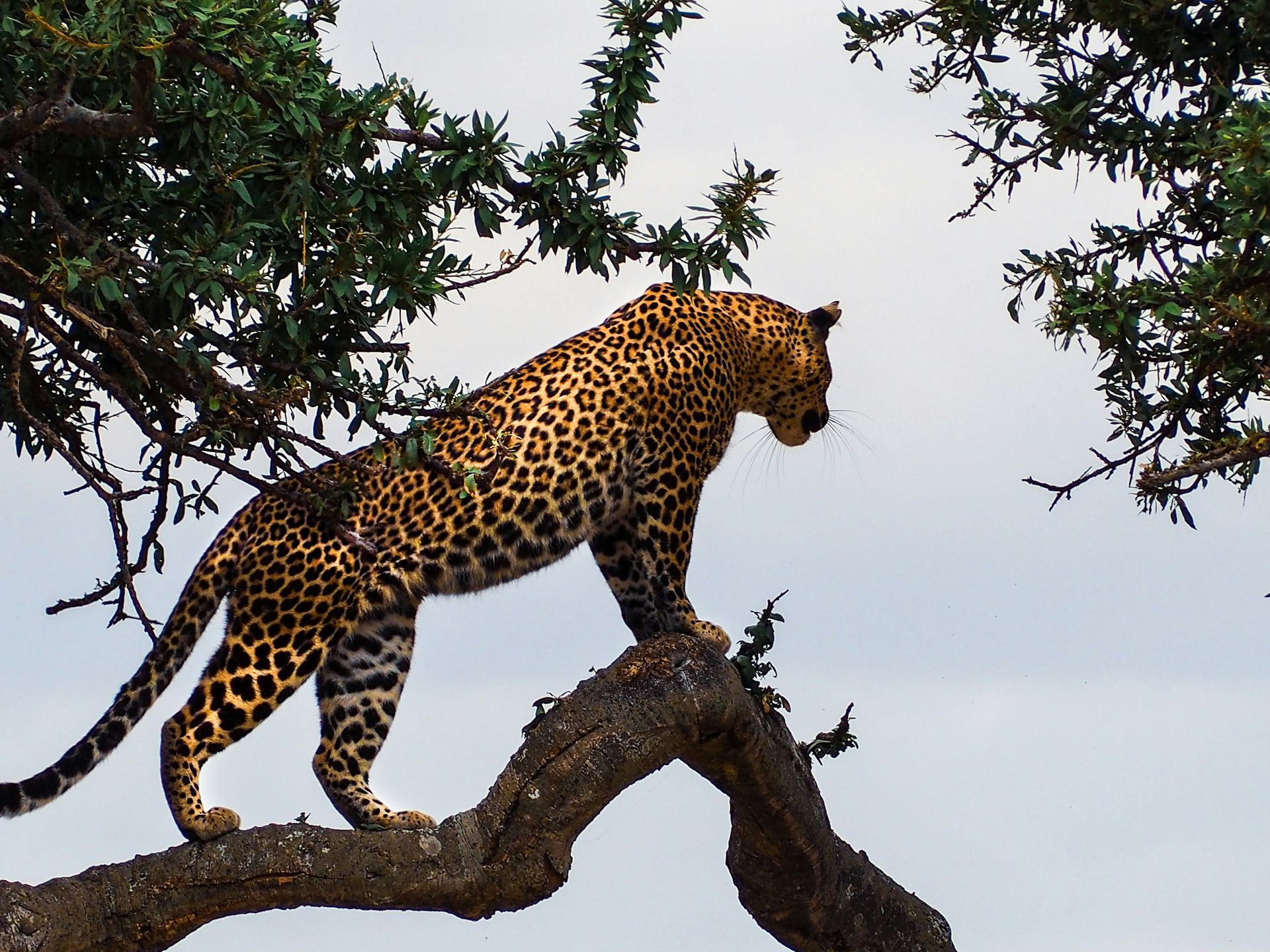
Slide title
Maasai Mara
Button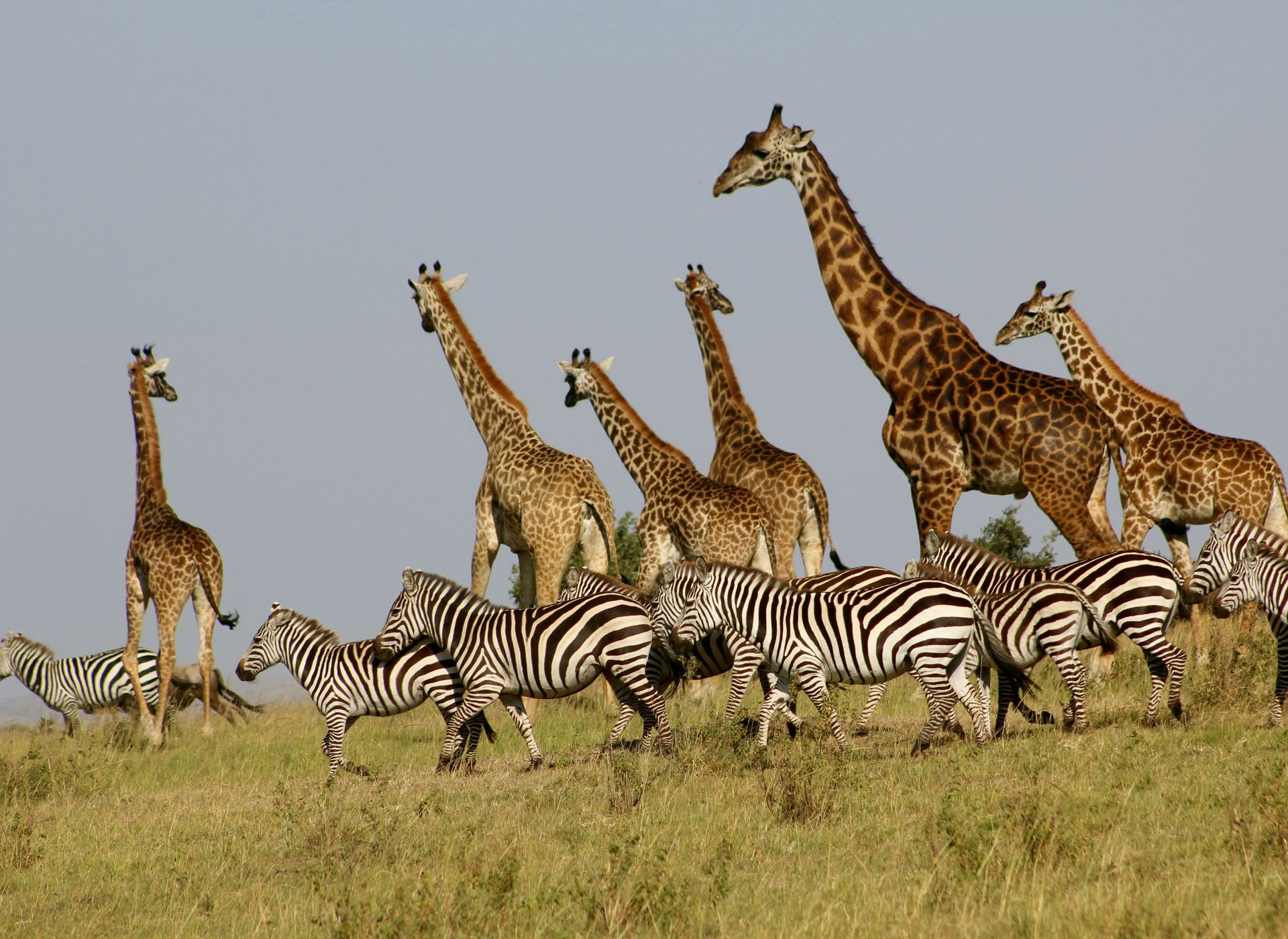
Slide title
Maasai Mara
Button

Slide title
Mount Kenya
Button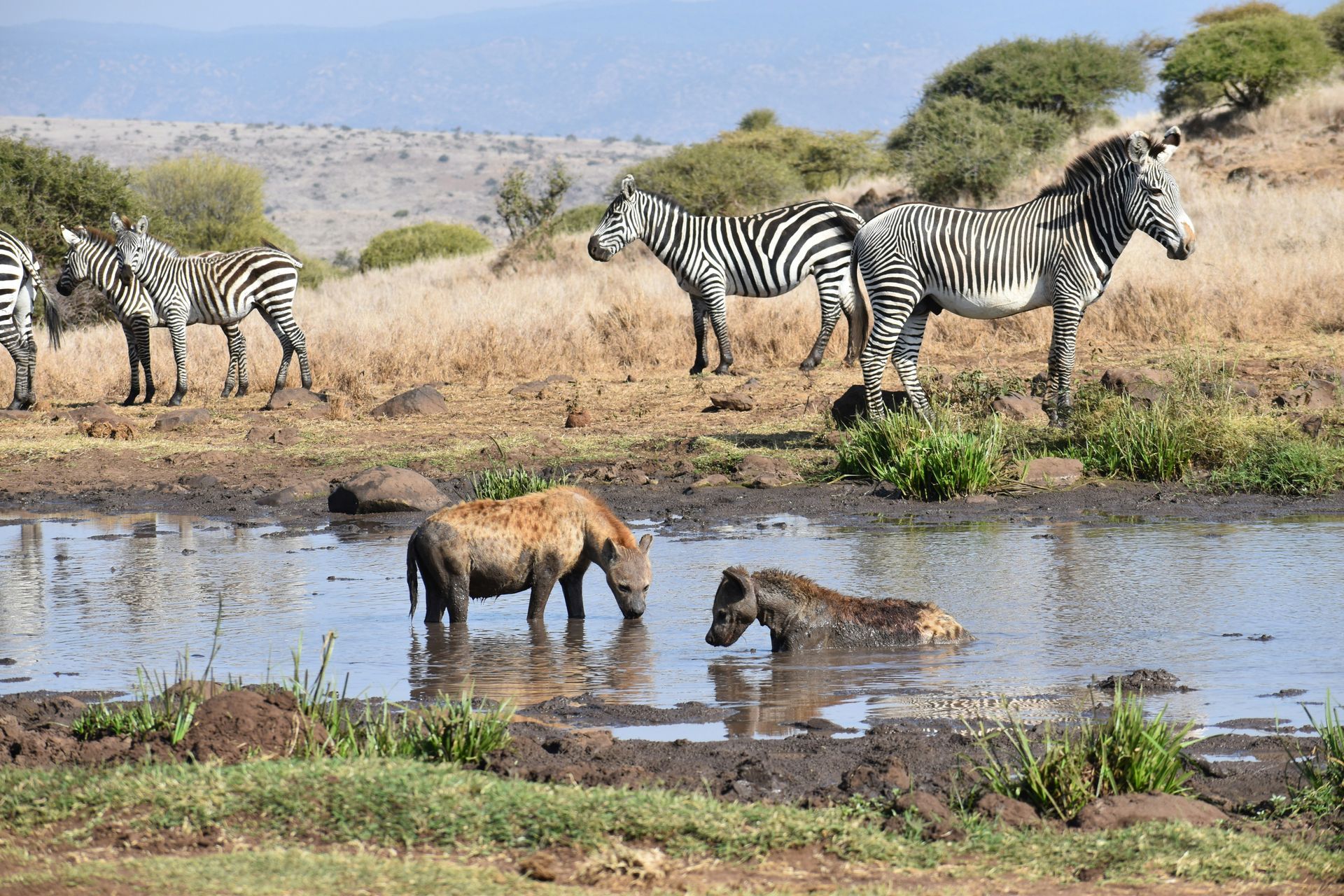
Slide title
Mount Kenya
Button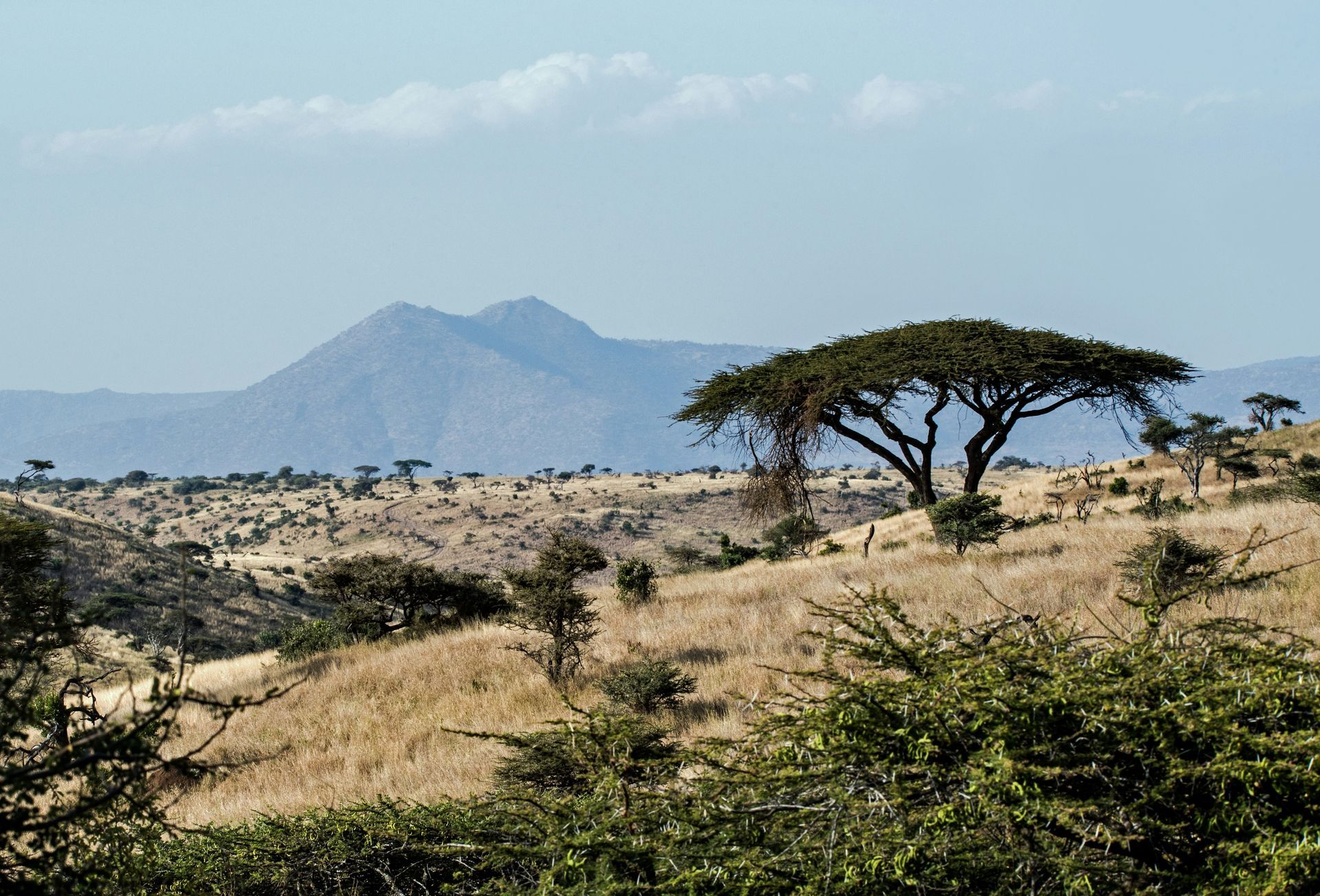
Slide title
Mount Kenya
Button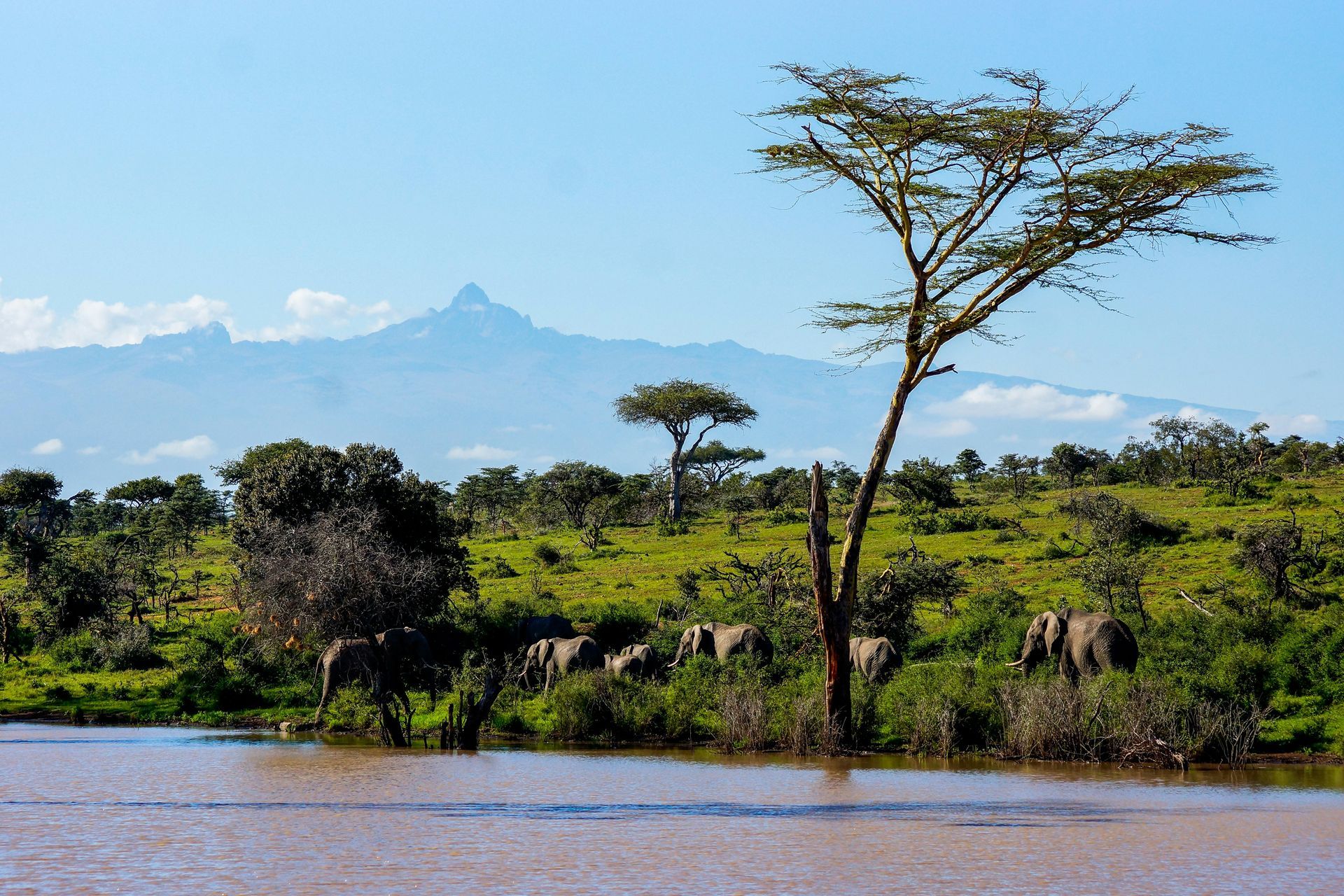
Slide title
Mount Kenya
Button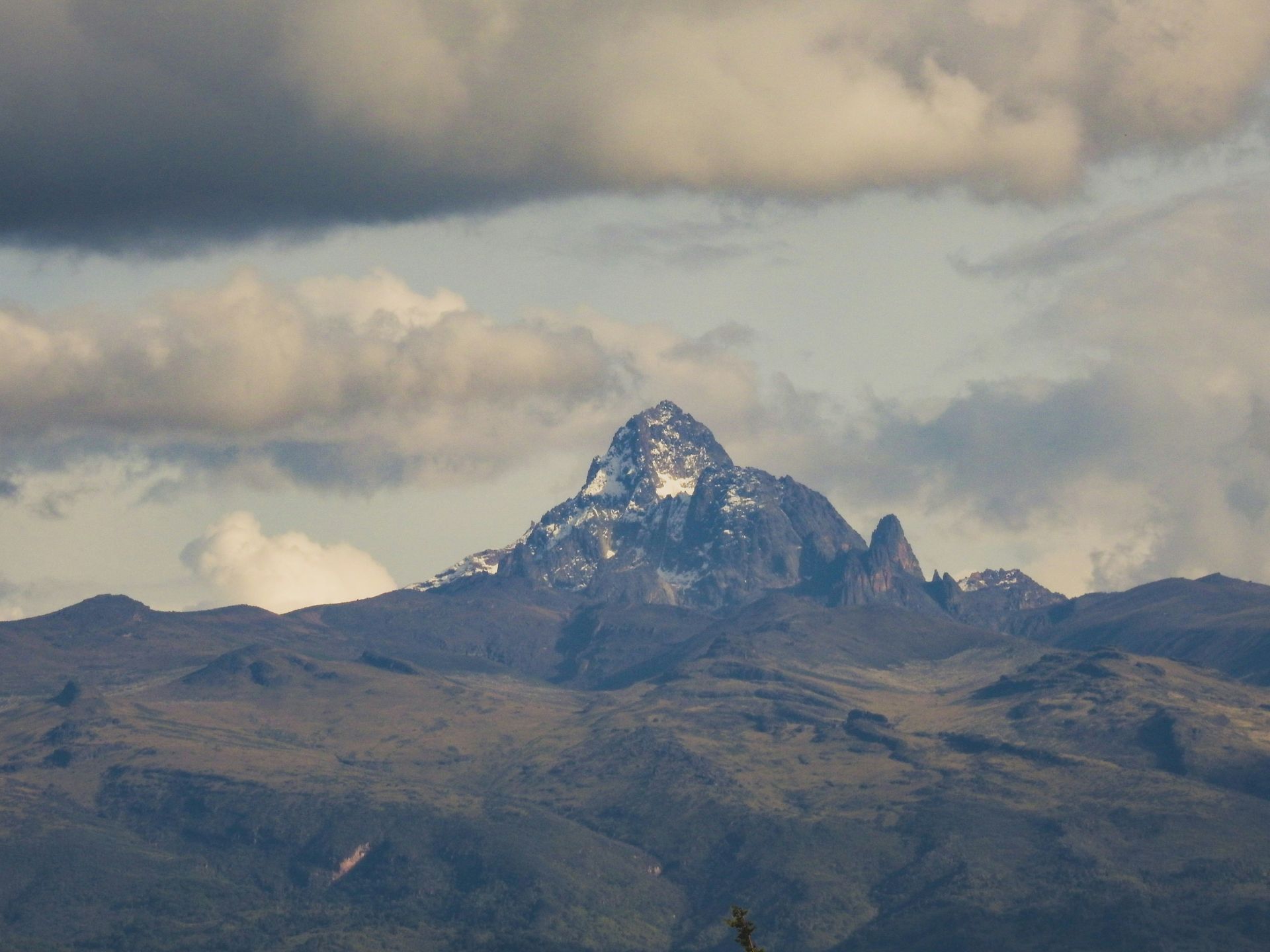
Slide title
Mount Kenya
Button
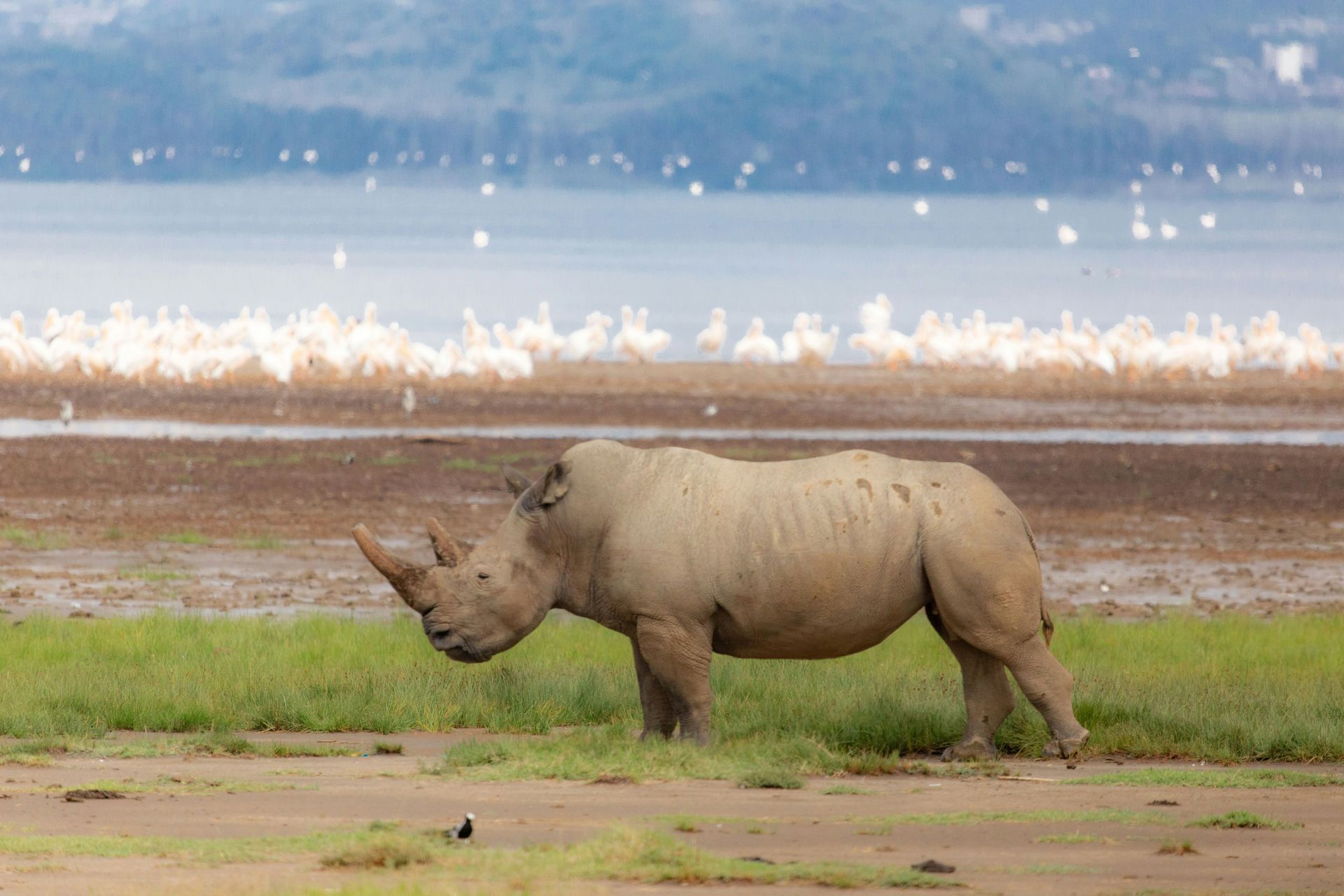
Slide title
Lake Nakuru
Button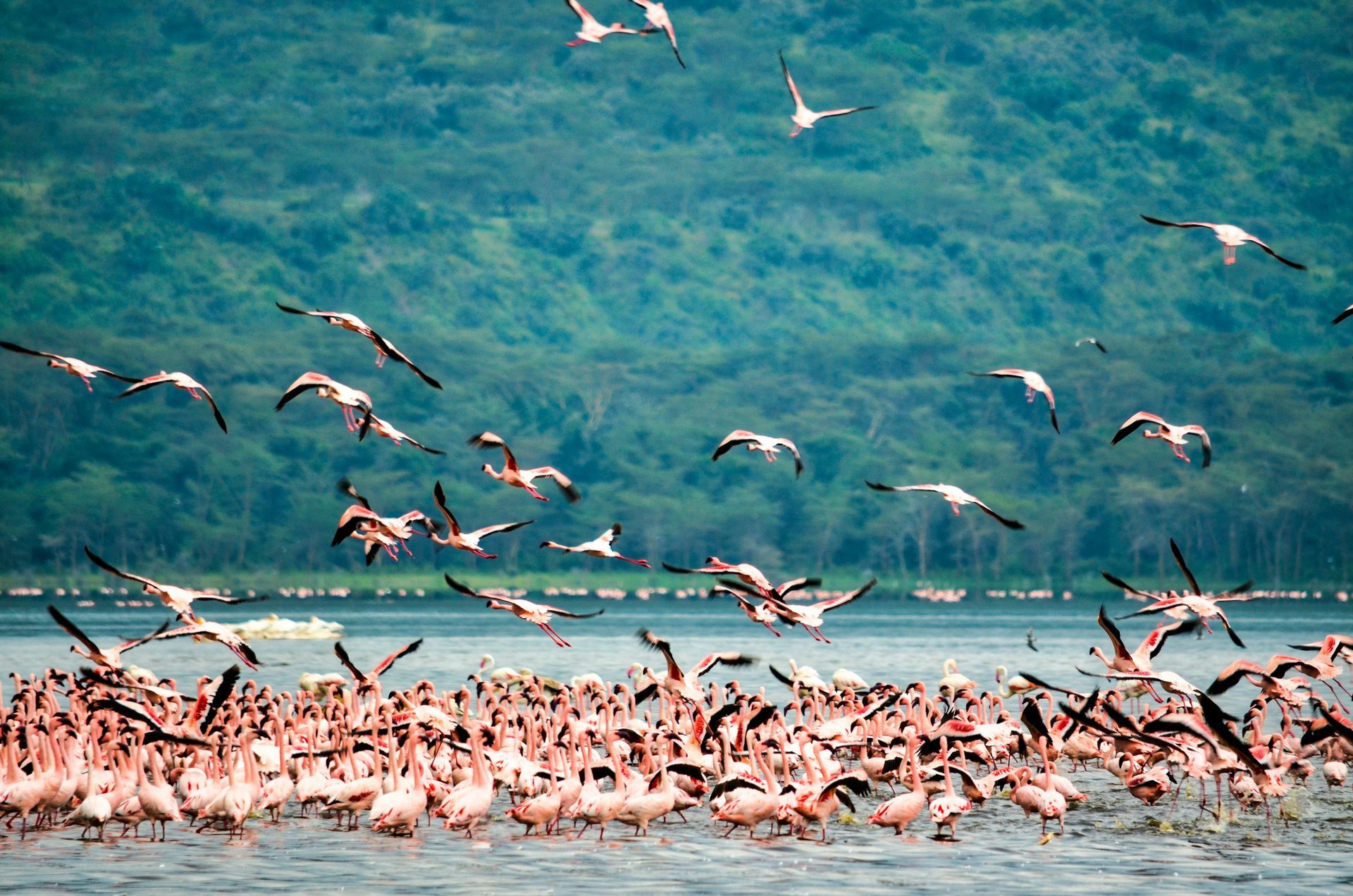
Slide title
Lake Nakuru
Button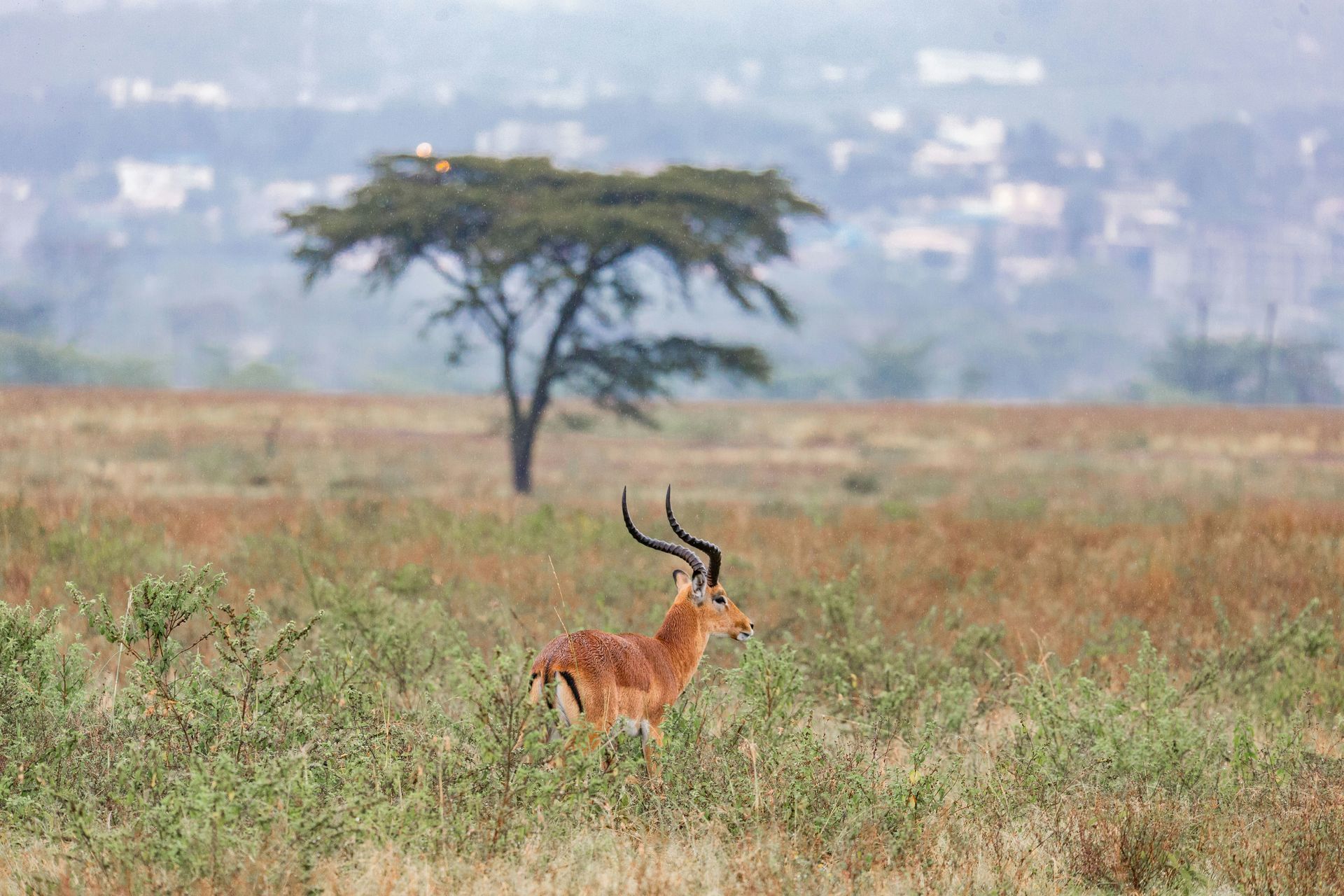
Slide title
Lake Nakuru
Button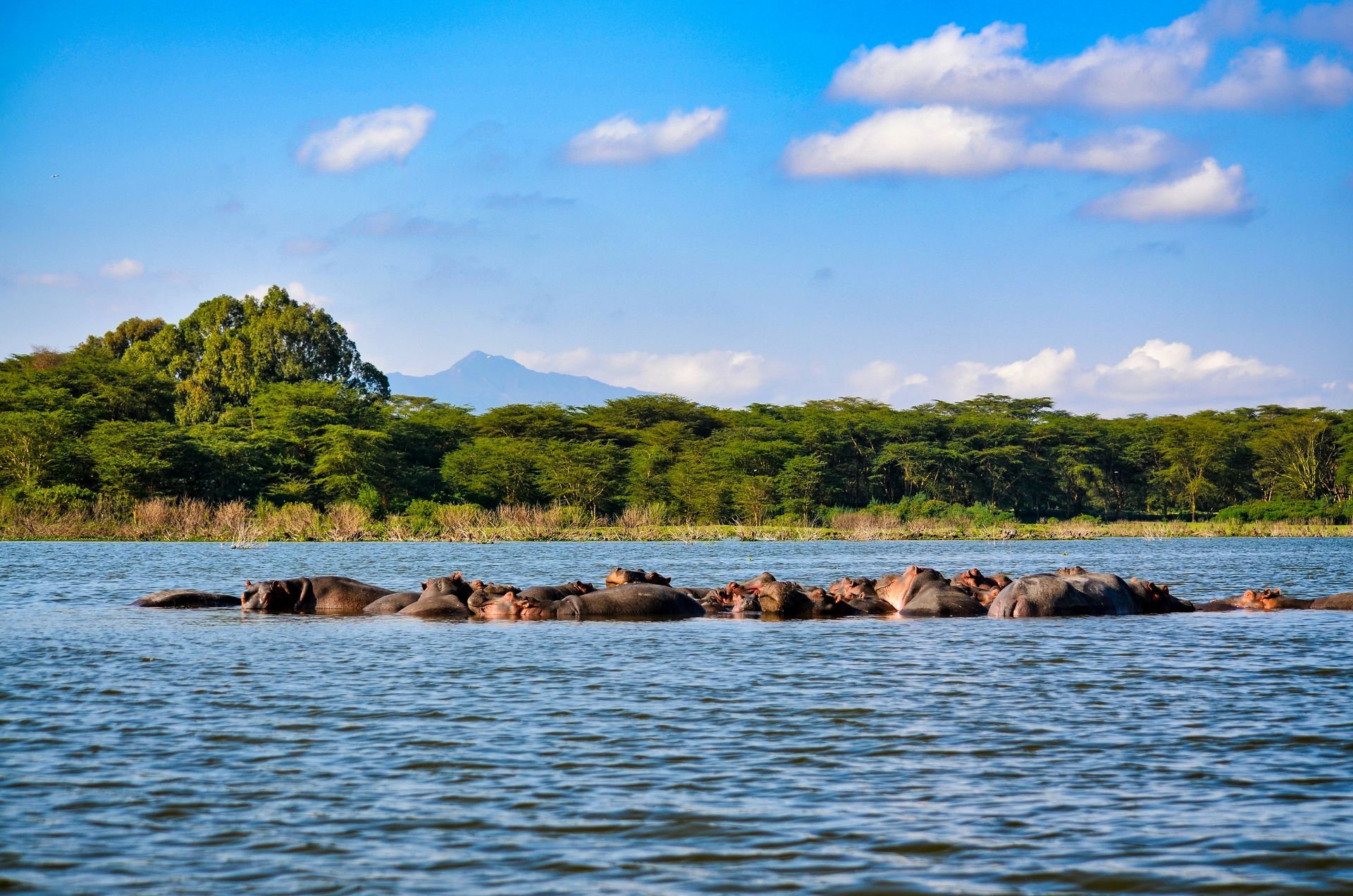
Slide title
Lake Nakuru
Button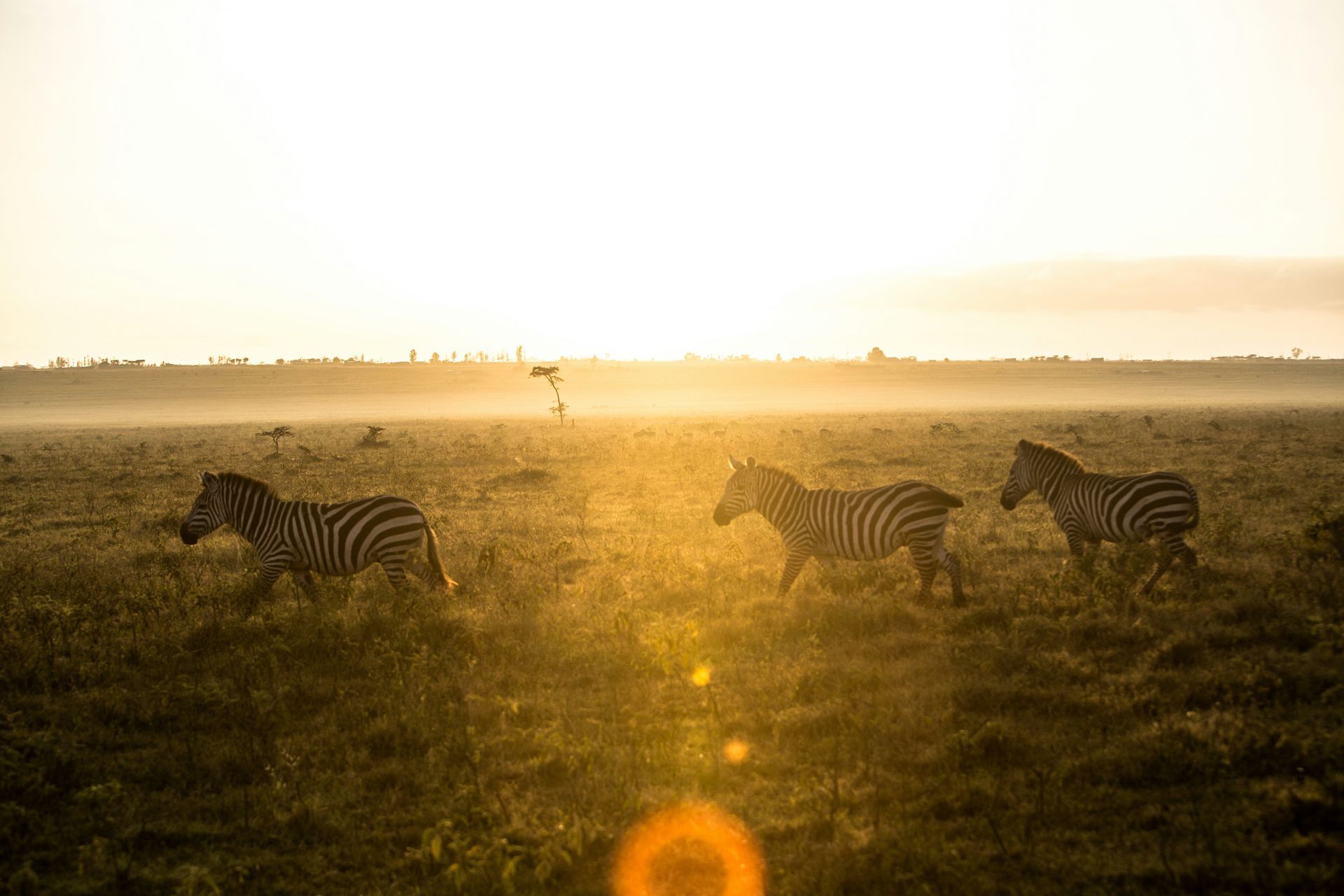
Slide title
Lake Nakuru
Button
Slide title
Lake Nakuru
Button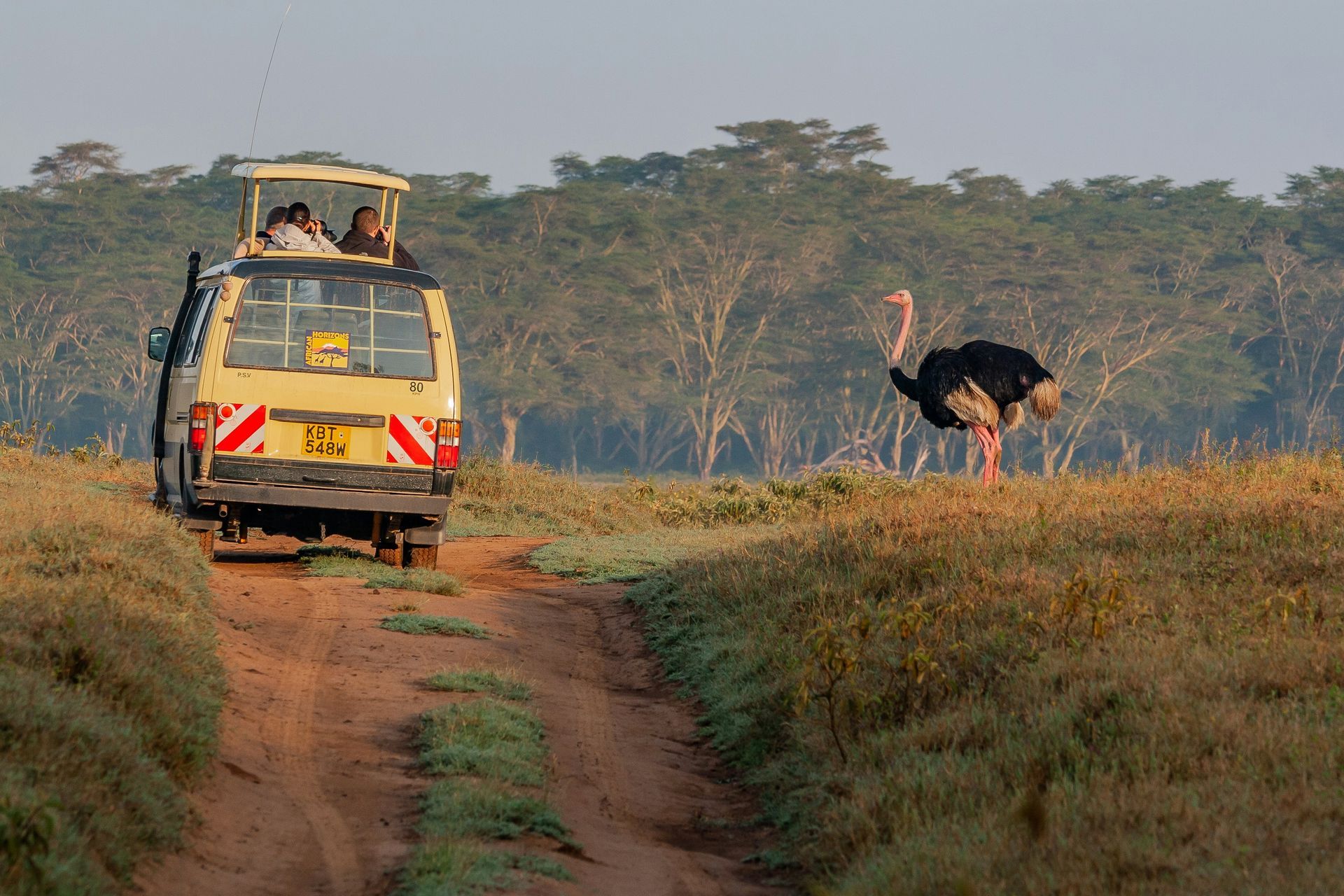
Slide title
Lake Nakuru
Button
Slide title
Lake Nakuru
Button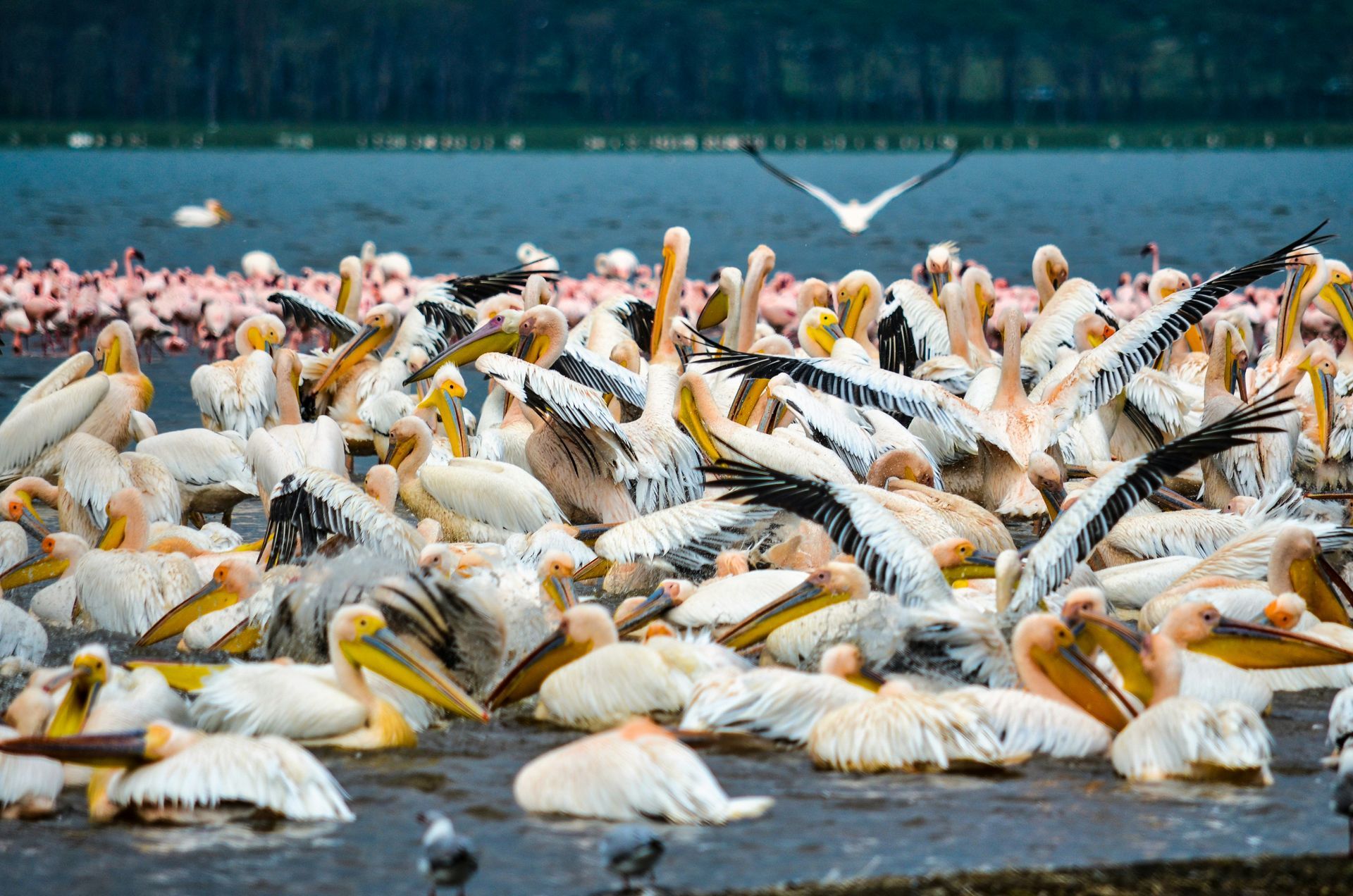
Slide title
Lake Nakuru
Button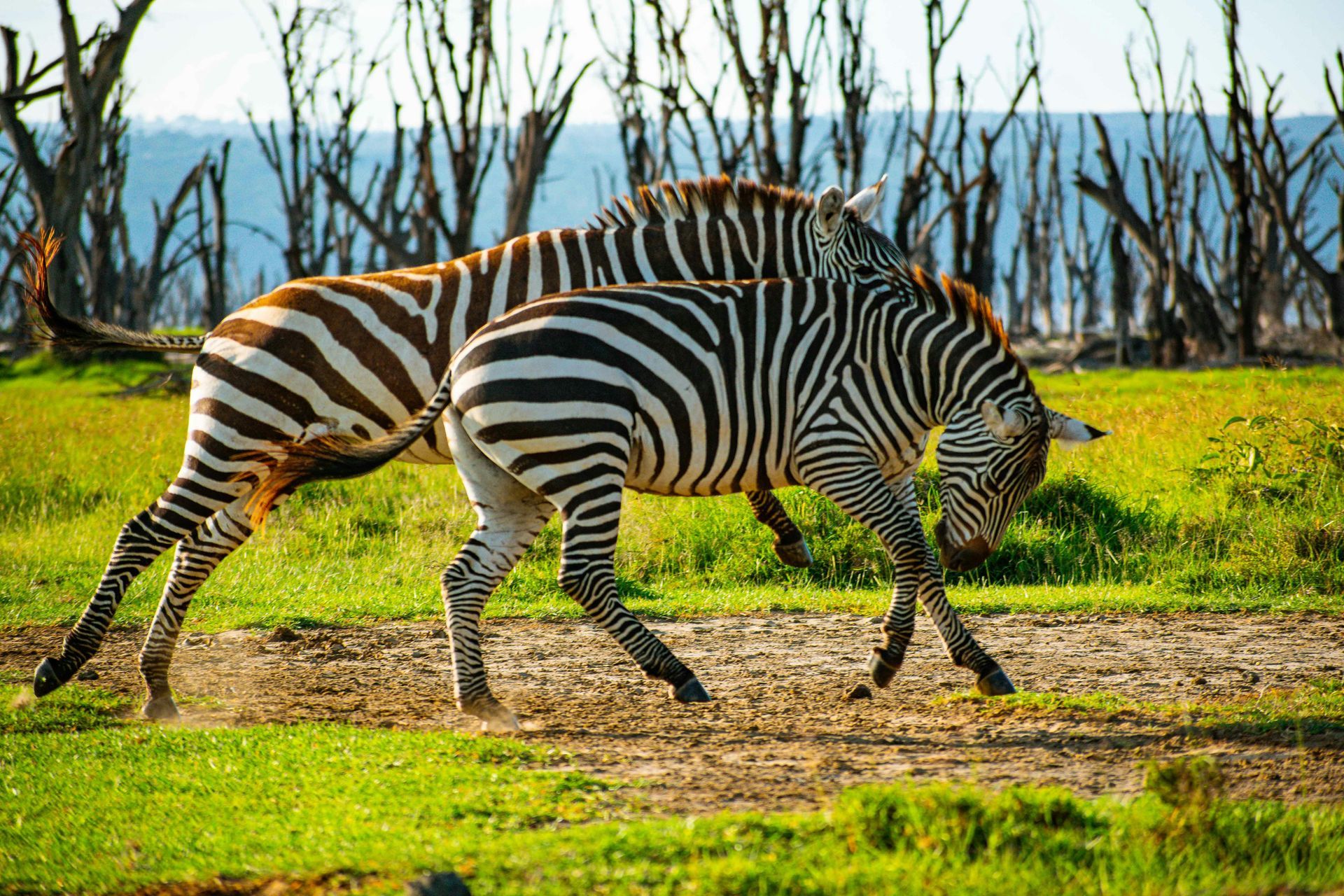
Slide title
Lake Nakuru
Button
Featured Destinations

Slide title
Amboseli
Button
Slide title
Amboseli
Button
Slide title
Amboseli
Button
Slide title
Amboseli
Button
Slide title
Amboseli
Button
Slide title
Amboseli
Button
Slide title
Amboseli
Button
Slide title
Amboseli
Button
Slide title
Amboseli
Button
Slide title
Amboseli
Button

Slide title
Maasai Mara
Button
Slide title
Maasai Mara
Button
Slide title
Maasai Mara
Button
Slide title
Maasai Mara
Button
Slide title
Maasai Mara
Button
Slide title
Maasai Mara
Button
Slide title
Maasai Mara
Button
Slide title
Maasai Mara
Button

Slide title
Mount Kenya
Button
Slide title
Mount Kenya
Button
Slide title
Mount Kenya
Button
Slide title
Mount Kenya
Button
Slide title
Mount Kenya
Button

Slide title
Lake Nakuru
Button
Slide title
Lake Nakuru
Button
Slide title
Lake Nakuru
Button
Slide title
Lake Nakuru
Button
Slide title
Lake Nakuru
Button
Slide title
Lake Nakuru
Button
Slide title
Lake Nakuru
Button
Slide title
Lake Nakuru
Button
Slide title
Lake Nakuru
Button
Slide title
Lake Nakuru
Button
The Great Migration
The Great Migration is one of the most extraordinary wildlife spectacles on Earth, and Kenya’s Maasai Mara is at its heart. Each year, from July to October, over a million wildebeest, along with zebras and gazelles, journey across the Serengeti, Tanzania, and into the Mara in search of fresh grazing. This epic movement, often described as the “world’s greatest show of nature,” brings dramatic river crossings, predator encounters, and unforgettable moments for safari-goers. Witnessing the Great Migration in Kenya is not only a highlight of African travel but also a once-in-a-lifetime connection to the raw power of the natural world.
The Great Migration
The Great Migration is one of the most extraordinary wildlife spectacles on Earth, and Kenya’s Maasai Mara is at its heart. Each year, from July to October, over a million wildebeest, along with zebras and gazelles, journey across the Serengeti, Tanzania, and into the Mara in search of fresh grazing. This epic movement, often described as the “world’s greatest show of nature,” brings dramatic river crossings, predator encounters, and unforgettable moments for safari-goers. Witnessing the Great Migration in Kenya is not only a highlight of African travel but also a once-in-a-lifetime connection to the raw power of the natural world.
Traditional Dishes
-
Ugali
Ugali is Kenya’s most beloved staple, a simple yet hearty dish made from maize flour cooked into a dense, dough-like consistency. Served alongside vegetables, stews, or grilled meats like nyama choma, it is both filling and versatile. More than just food, ugali holds cultural significance, symbolizing togetherness and nourishment at family meals and community gatherings across Kenya.
-
Nyama Choma
Nyama Choma, meaning “roasted meat” in Swahili, is Kenya’s unofficial national dish and a favorite social meal. Usually made with goat or beef, the meat is slow-grilled over open flames until tender and smoky, then shared among family and friends. Often enjoyed with ugali and kachumbari (a fresh tomato and onion salad), nyama choma is less about the recipe and more about the communal experience, reflecting Kenya’s love for gathering, conversation, and celebration.
-
Sukuma Wiki
Sukuma wiki, which means “stretch the week” in Swahili, is a staple vegetable dish made with collard greens sautéed in onions, tomatoes, and spices. Affordable and nutritious, it is often paired with ugali and enjoyed as an everyday meal across Kenya. Simple yet flavorful, sukuma wiki embodies resourcefulness and tradition, nourishing families while reflecting the importance of fresh, locally grown ingredients in Kenyan cuisine.
-
Irio
Irio is a traditional Kikuyu dish that has become a beloved comfort food across Kenya. Made from mashed potatoes mixed with peas, beans, and corn, it creates a wholesome, hearty side that pairs well with grilled meats like nyama choma. Nutritious and filling, irio reflects Kenya’s agricultural roots and the value of turning simple, fresh ingredients into meals that bring families together.
-
Githeri
Githeri is a traditional one-pot dish made with boiled maize and beans, sometimes enhanced with potatoes, vegetables, or meat. Originating from the Kikuyu community, it has become a staple enjoyed across Kenya for its simplicity, nutrition, and heartiness. Often seasoned with onions, tomatoes, and spices, githeri is both comforting and versatile, reflecting the Kenyan tradition of creating flavorful meals from humble, locally grown ingredients.
-
Mandazi
Mandazi, sometimes called “African doughnuts,” are soft, slightly sweet fried pastries enjoyed across Kenya. Lightly spiced with hints of cardamom or coconut, they are golden on the outside and fluffy inside, making them perfect with tea or coffee. Popular as a breakfast treat or snack, mandazi are more than just a bite to eat—they’re a comfort food that reflects Kenya’s blend of Swahili and East African culinary traditions.
Traditional Dishes
-
Ugali
Ugali is Kenya’s most beloved staple, a simple yet hearty dish made from maize flour cooked into a dense, dough-like consistency. Served alongside vegetables, stews, or grilled meats like nyama choma, it is both filling and versatile. More than just food, ugali holds cultural significance, symbolizing togetherness and nourishment at family meals and community gatherings across Kenya.
-
Nyama Choma
Nyama Choma, meaning “roasted meat” in Swahili, is Kenya’s unofficial national dish and a favorite social meal. Usually made with goat or beef, the meat is slow-grilled over open flames until tender and smoky, then shared among family and friends. Often enjoyed with ugali and kachumbari (a fresh tomato and onion salad), nyama choma is less about the recipe and more about the communal experience, reflecting Kenya’s love for gathering, conversation, and celebration.
-
Sukuma Wiki
Sukuma wiki, which means “stretch the week” in Swahili, is a staple vegetable dish made with collard greens sautéed in onions, tomatoes, and spices. Affordable and nutritious, it is often paired with ugali and enjoyed as an everyday meal across Kenya. Simple yet flavorful, sukuma wiki embodies resourcefulness and tradition, nourishing families while reflecting the importance of fresh, locally grown ingredients in Kenyan cuisine.
-
Irio
Irio is a traditional Kikuyu dish that has become a beloved comfort food across Kenya. Made from mashed potatoes mixed with peas, beans, and corn, it creates a wholesome, hearty side that pairs well with grilled meats like nyama choma. Nutritious and filling, irio reflects Kenya’s agricultural roots and the value of turning simple, fresh ingredients into meals that bring families together.
-
Githeri
Githeri is a traditional one-pot dish made with boiled maize and beans, sometimes enhanced with potatoes, vegetables, or meat. Originating from the Kikuyu community, it has become a staple enjoyed across Kenya for its simplicity, nutrition, and heartiness. Often seasoned with onions, tomatoes, and spices, githeri is both comforting and versatile, reflecting the Kenyan tradition of creating flavorful meals from humble, locally grown ingredients.
-
Mandazi
Mandazi, sometimes called “African doughnuts,” are soft, slightly sweet fried pastries enjoyed across Kenya. Lightly spiced with hints of cardamom or coconut, they are golden on the outside and fluffy inside, making them perfect with tea or coffee. Popular as a breakfast treat or snack, mandazi are more than just a bite to eat—they’re a comfort food that reflects Kenya’s blend of Swahili and East African culinary traditions.
Love this destination?
Have Viking Travel book your next getaway!



